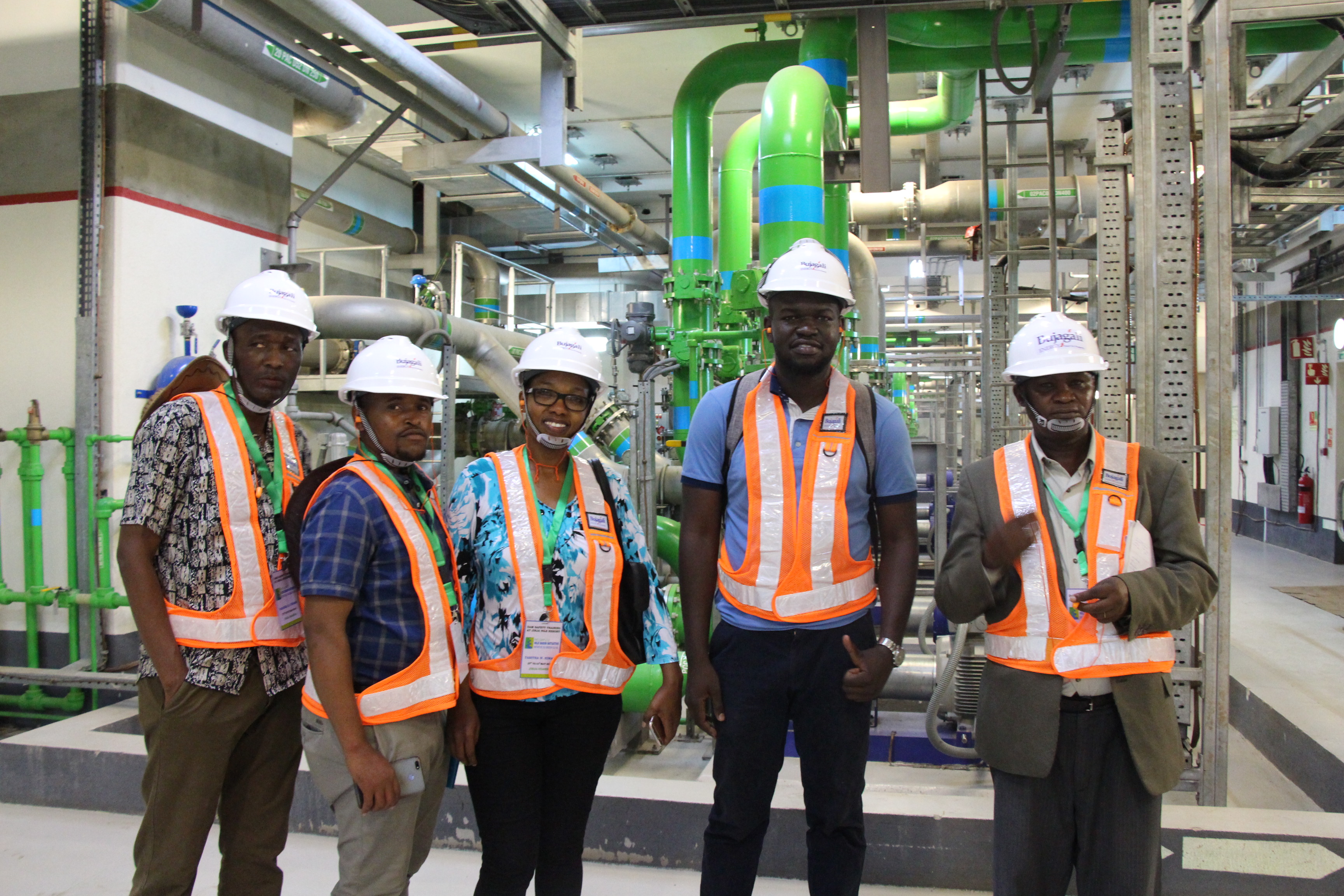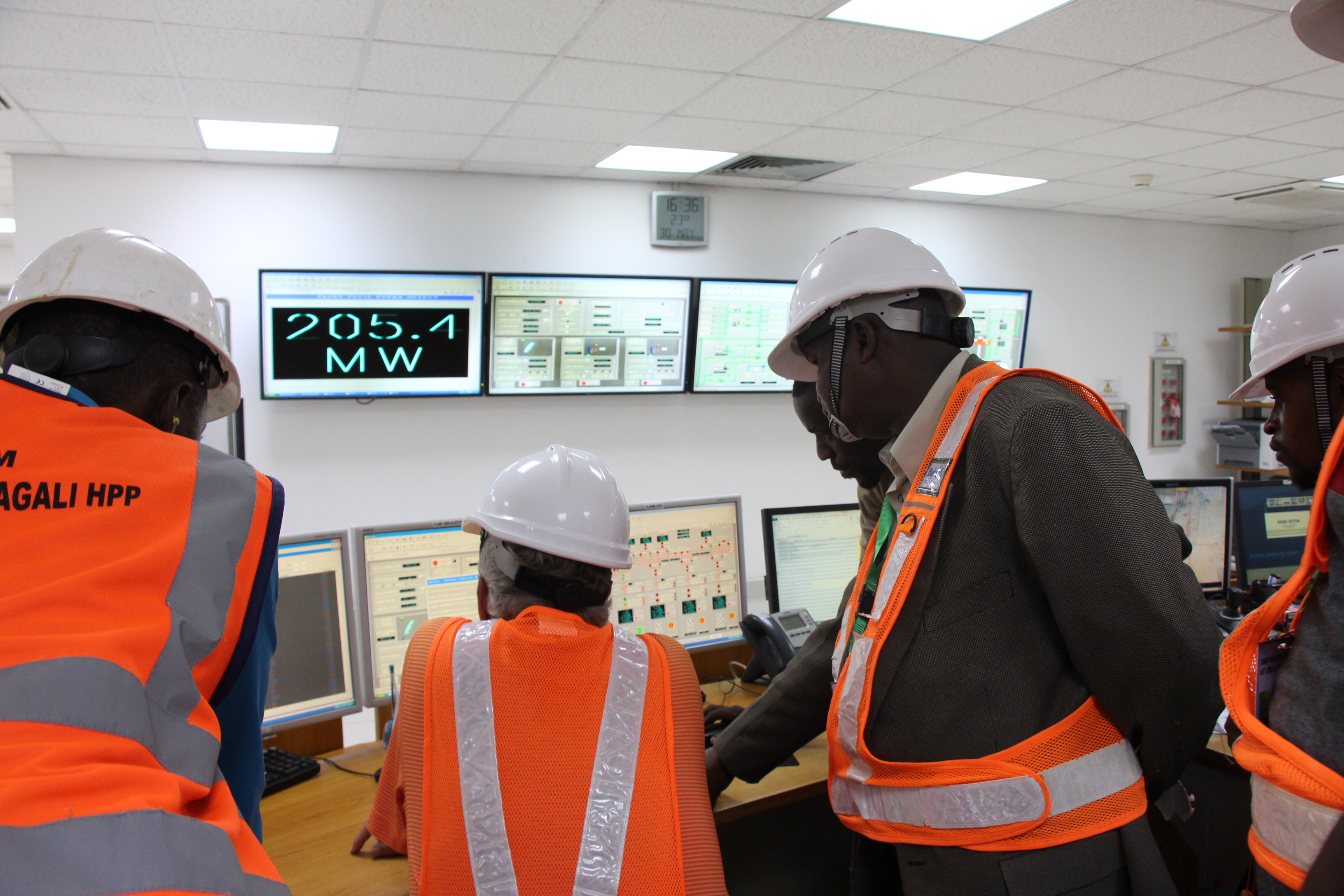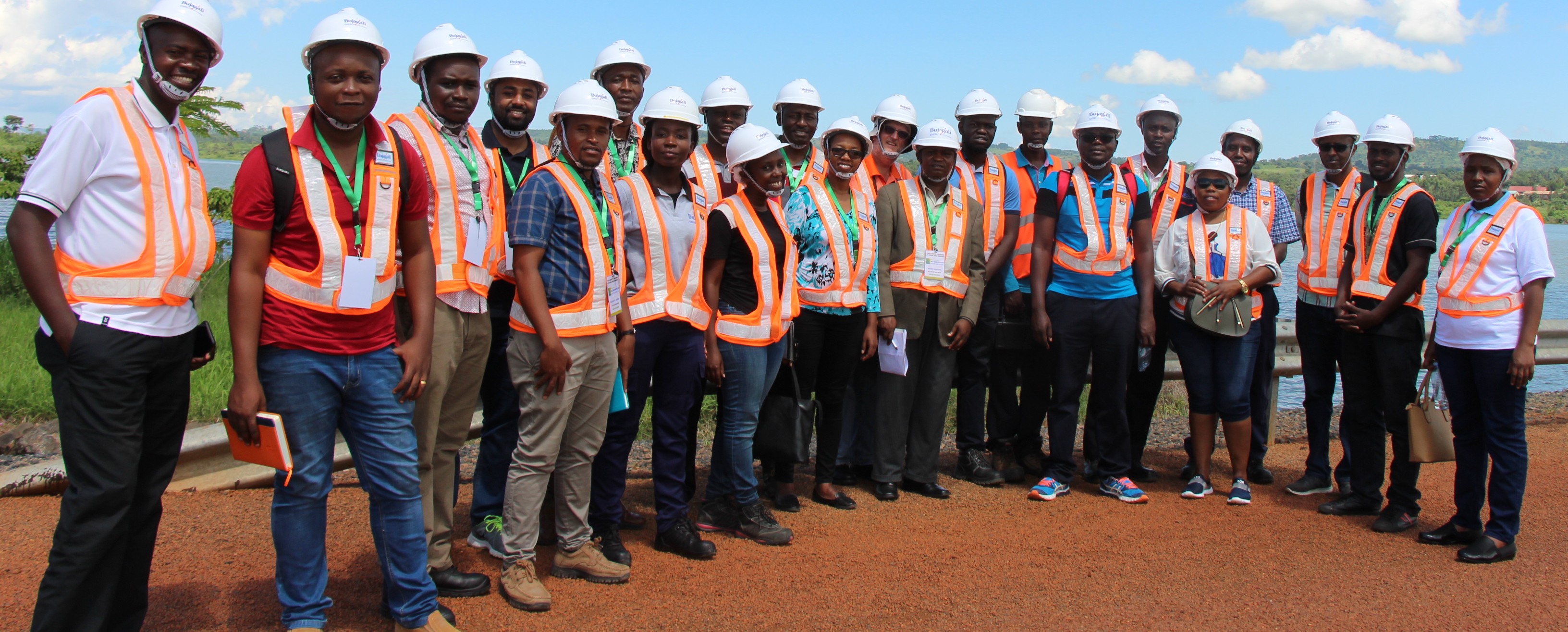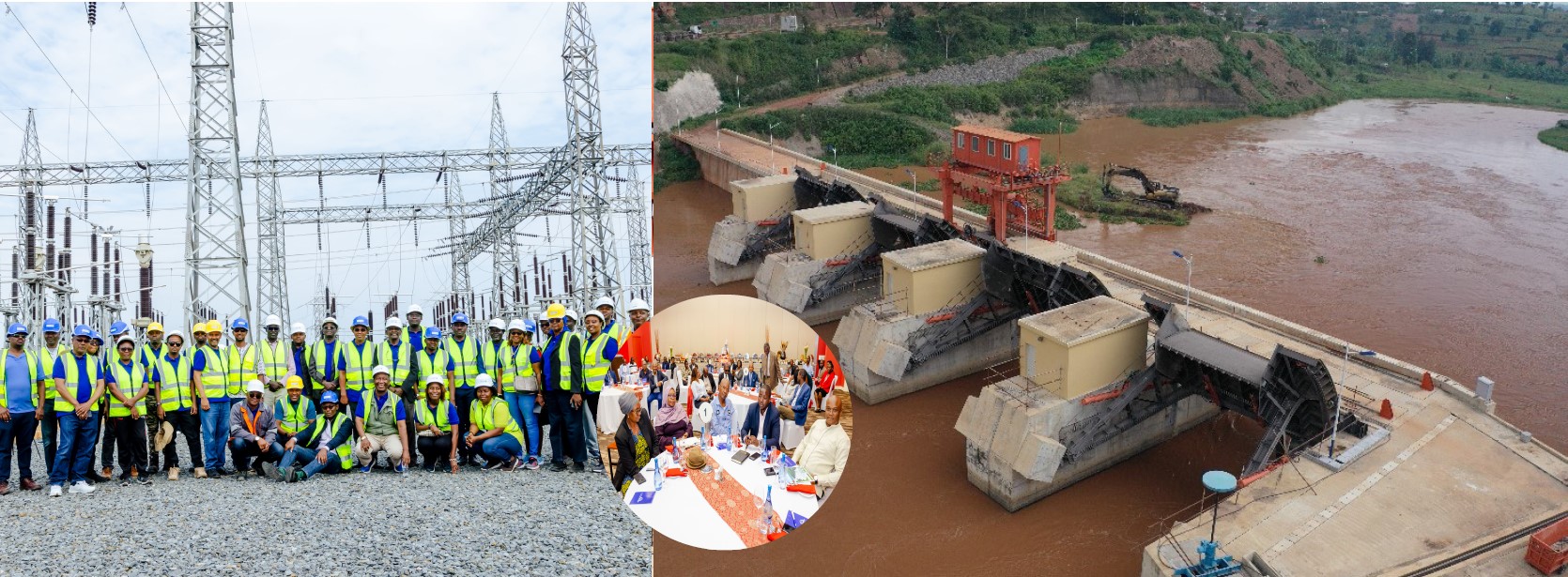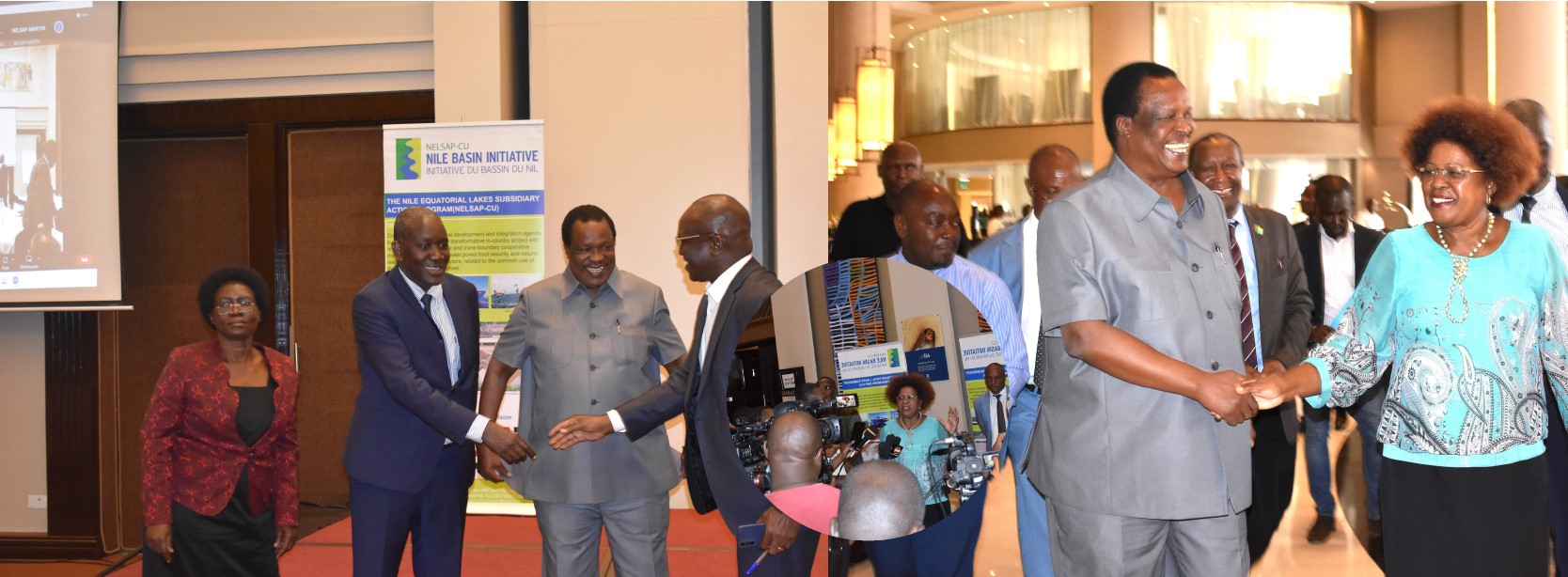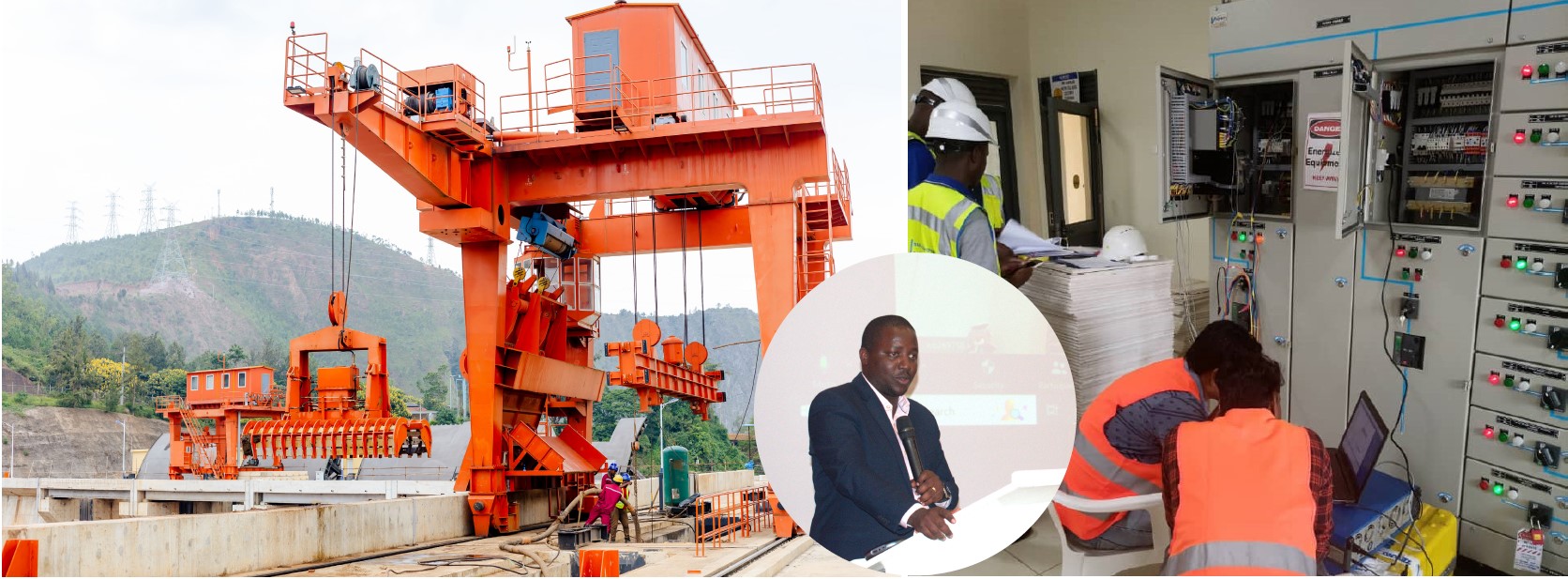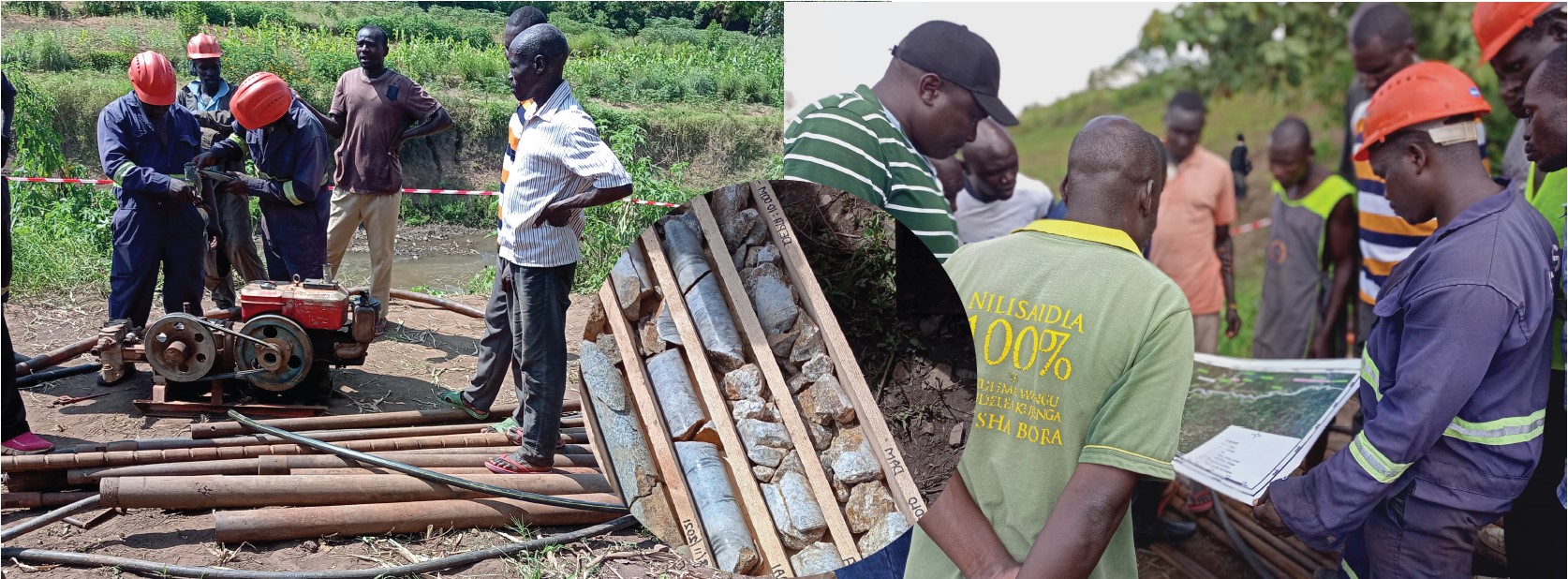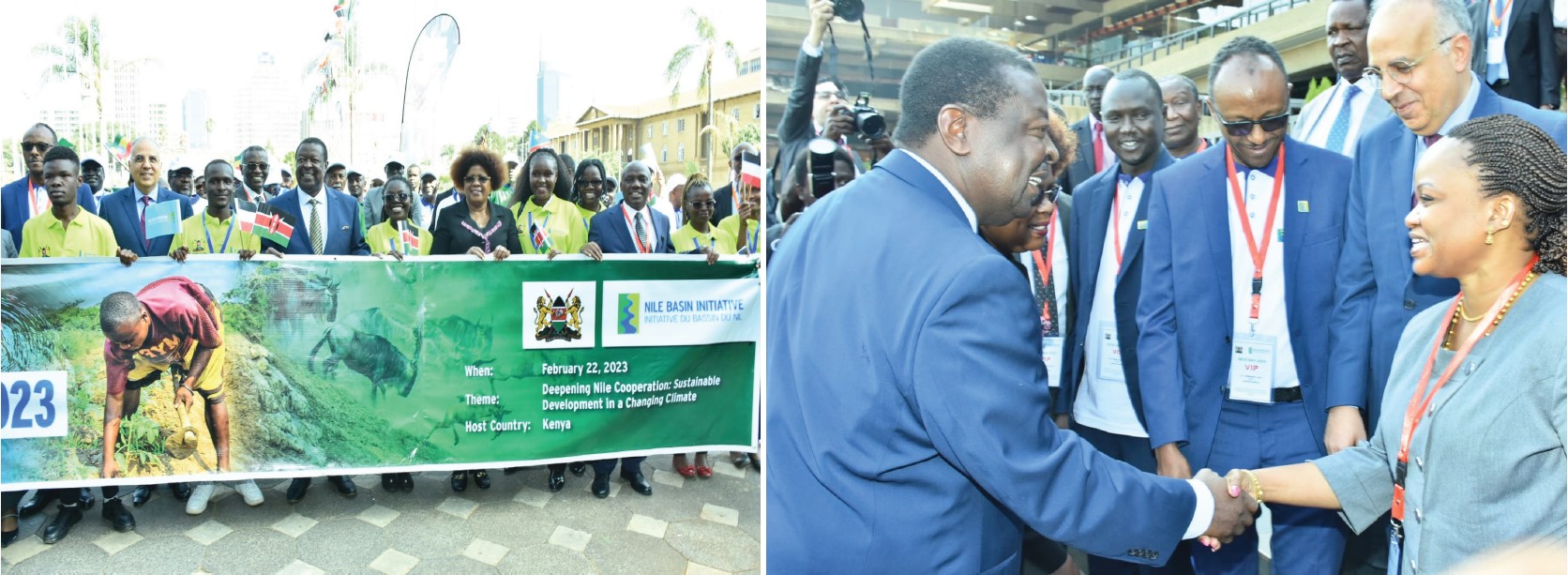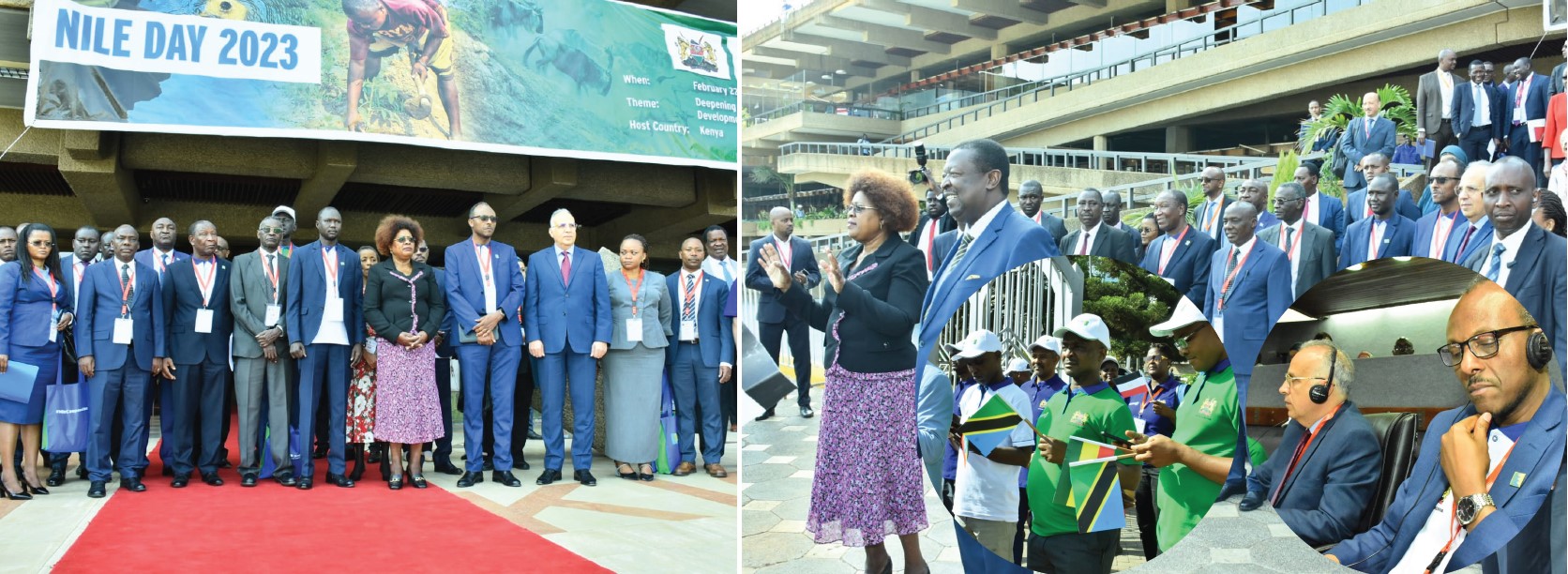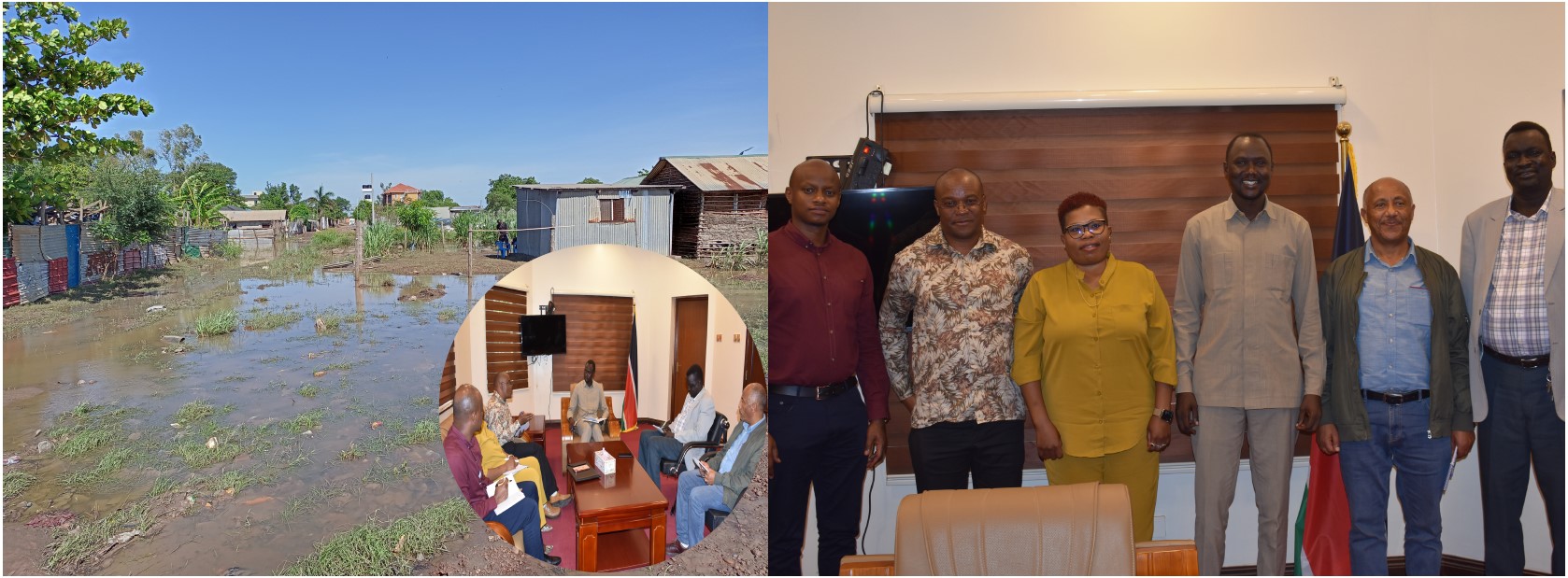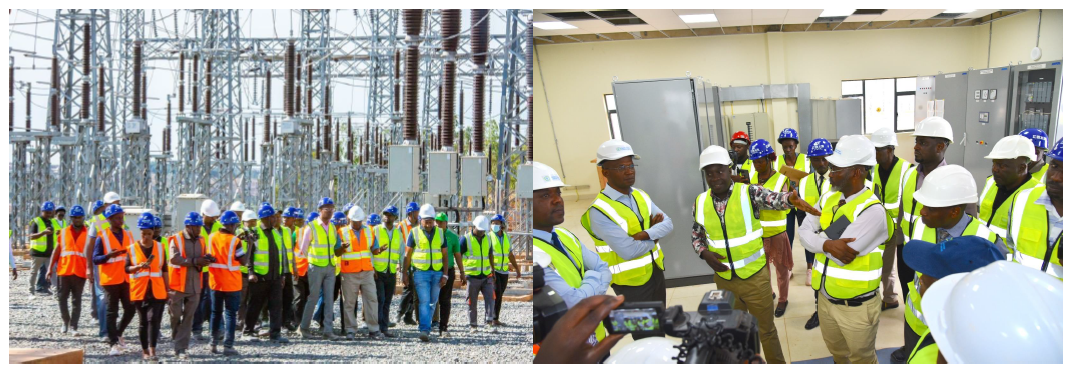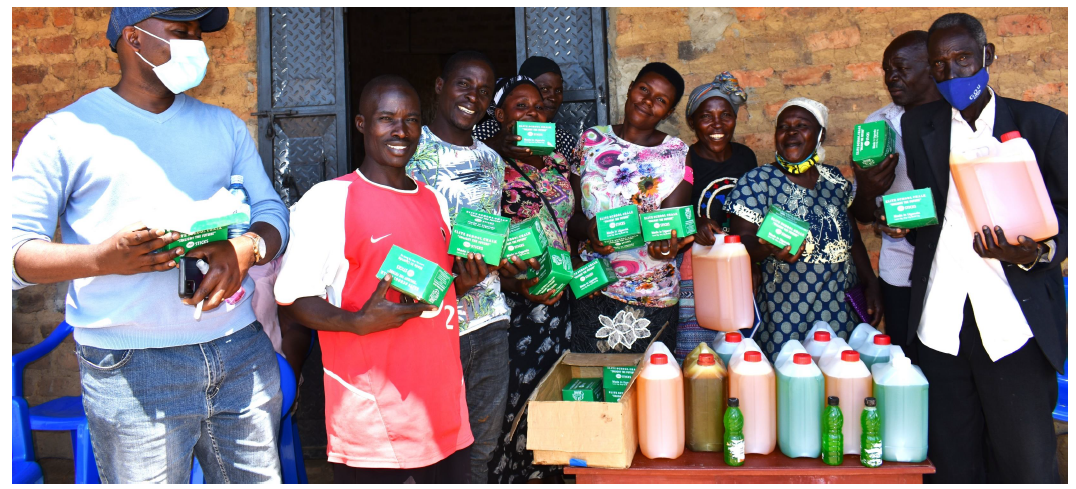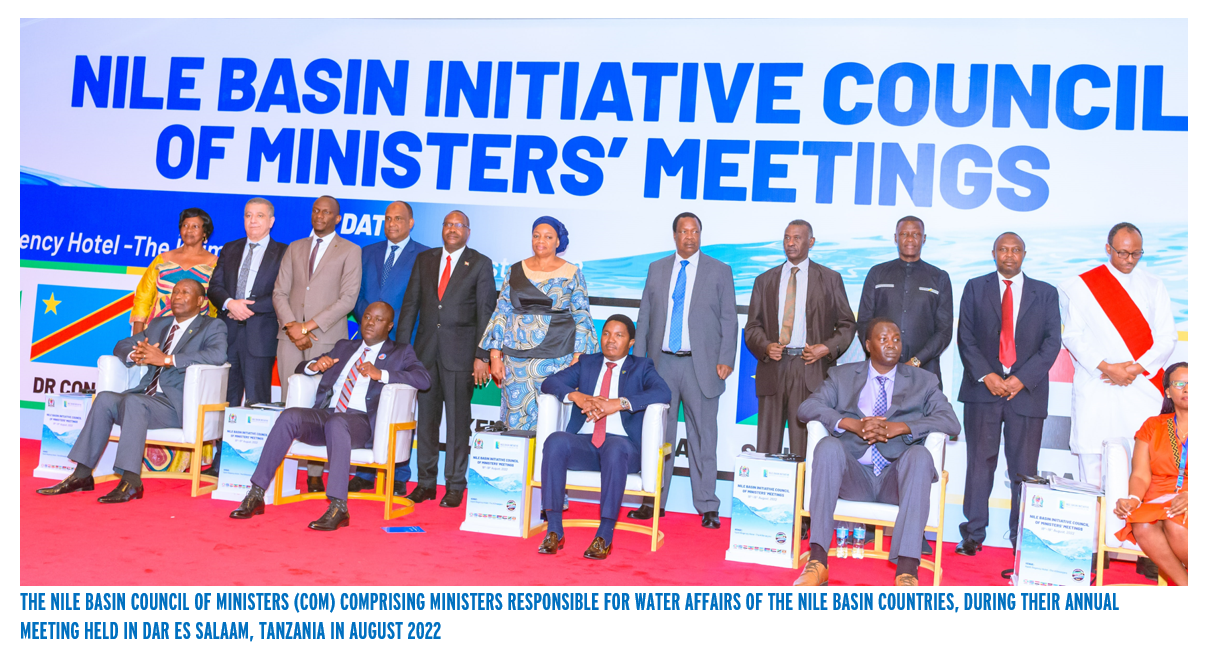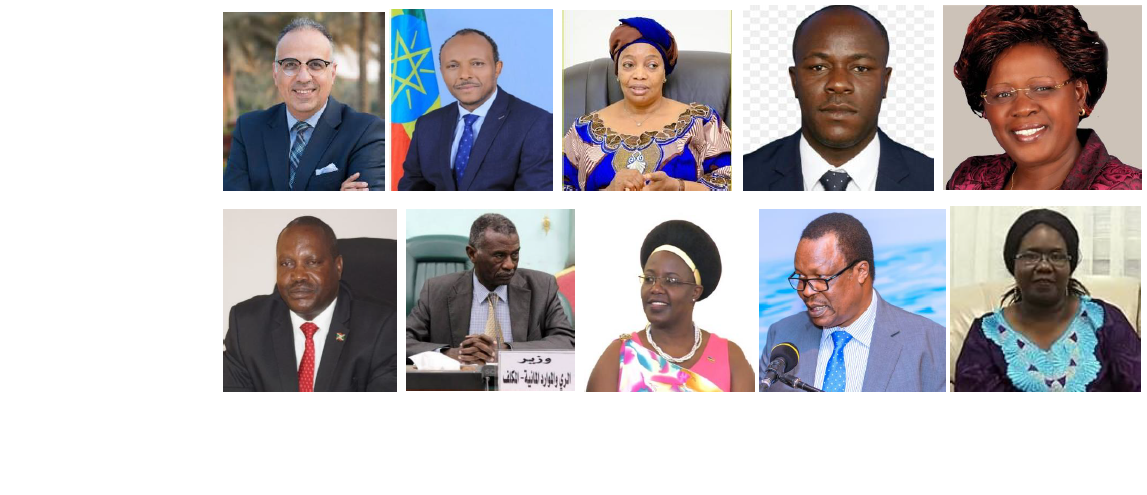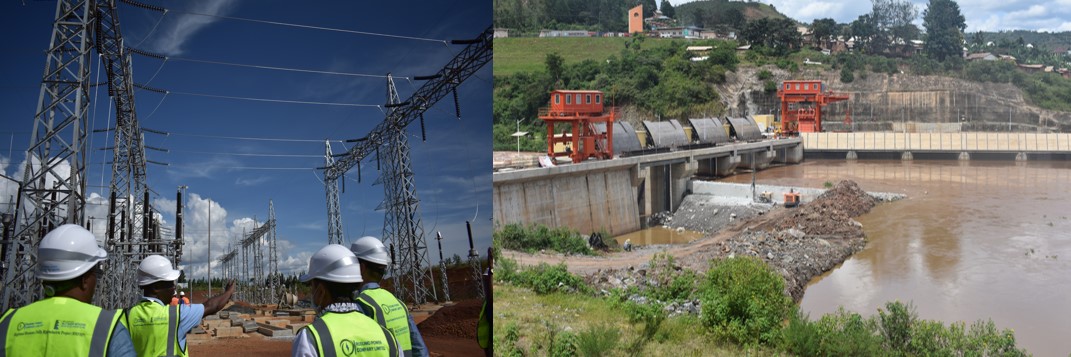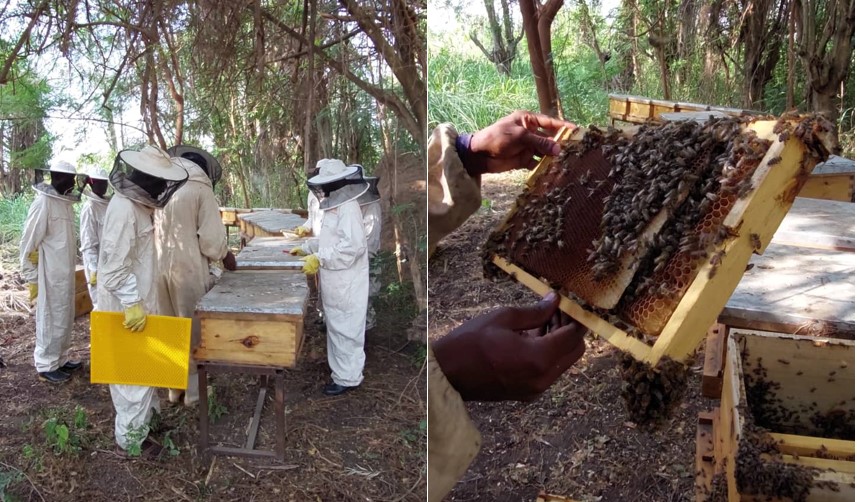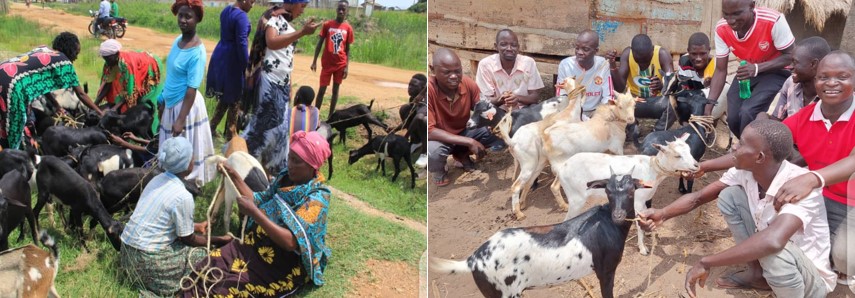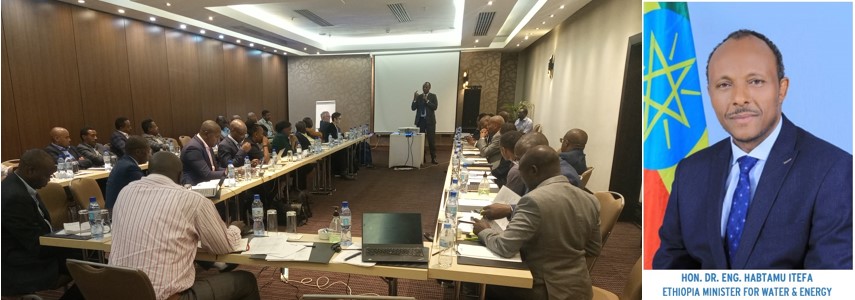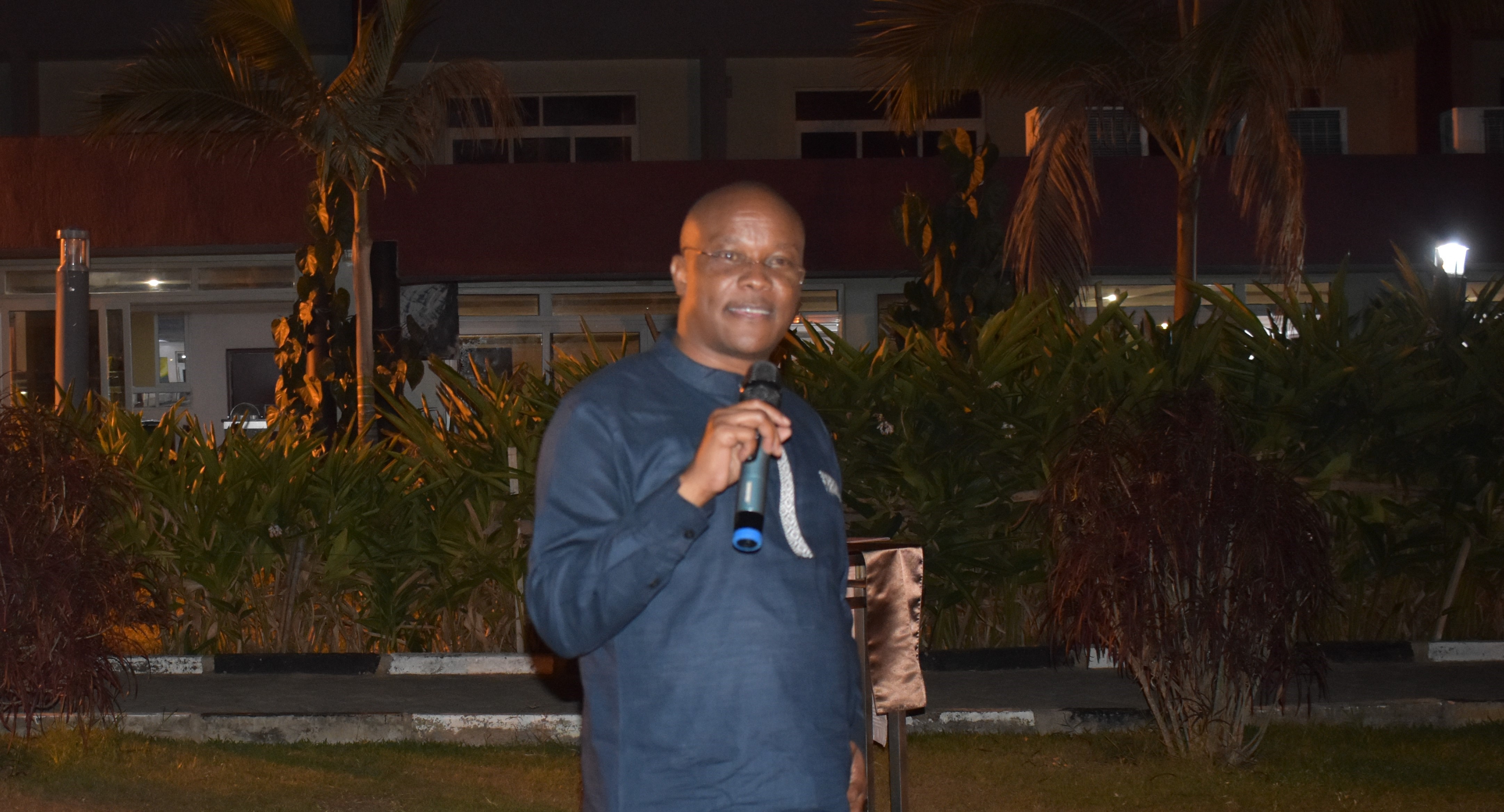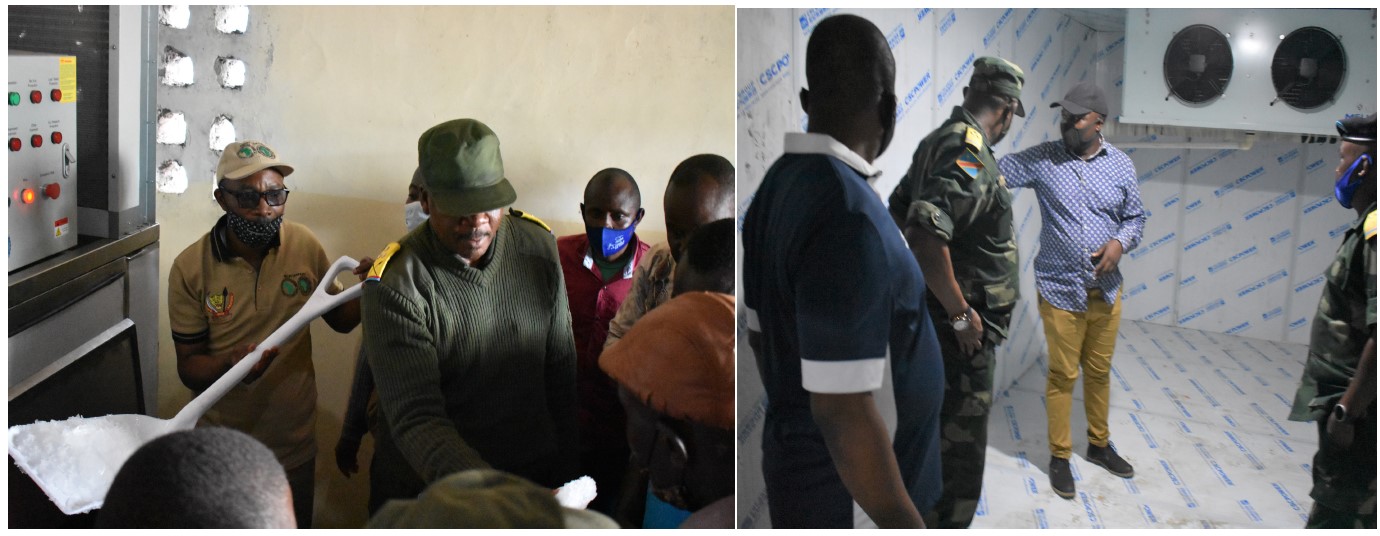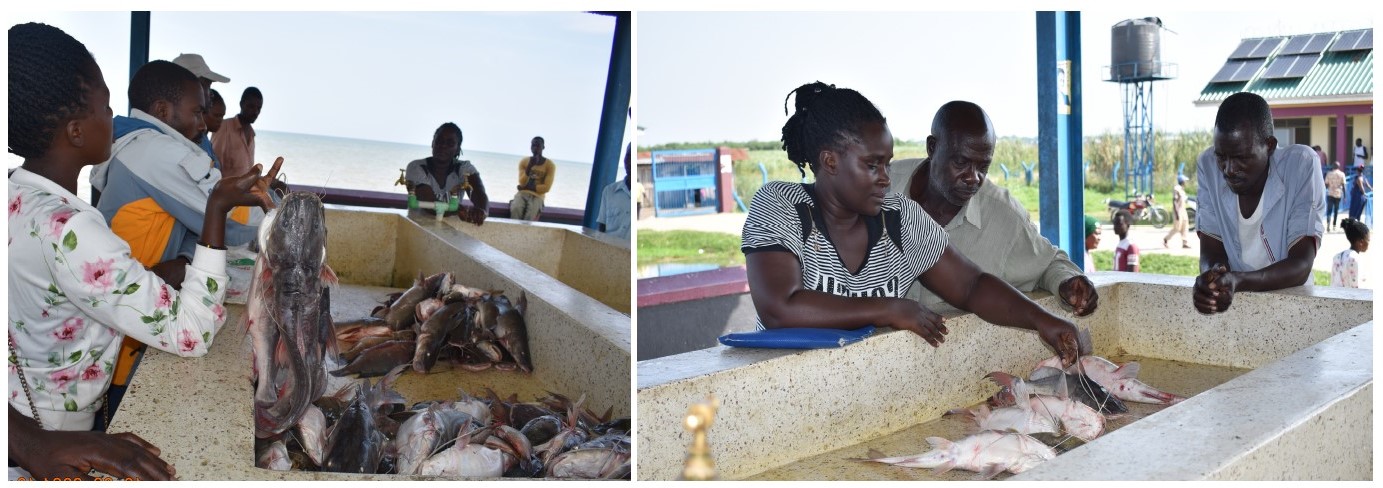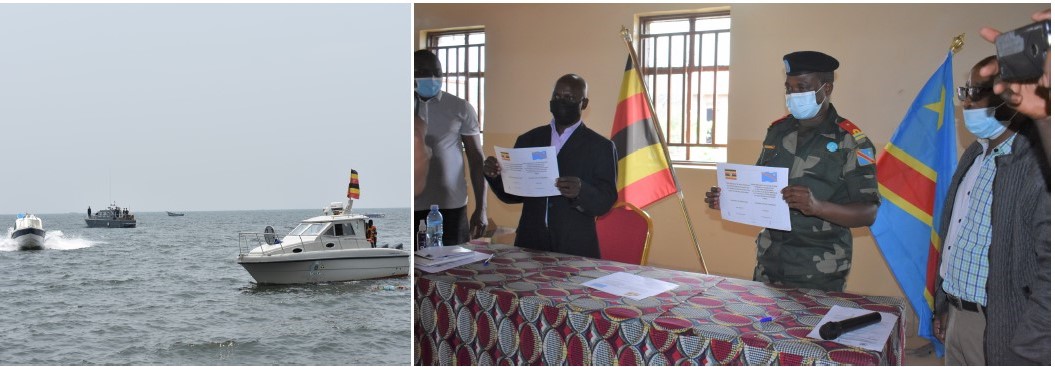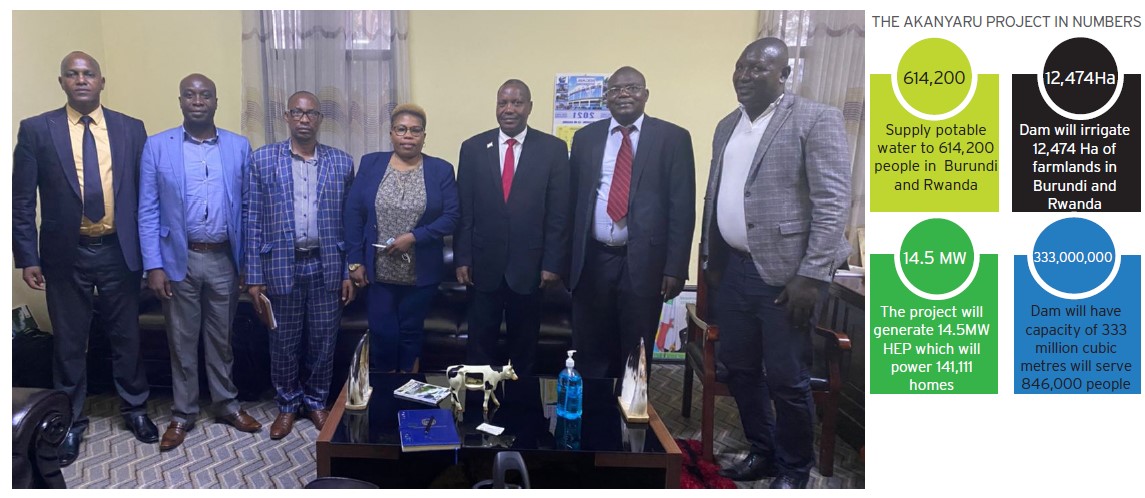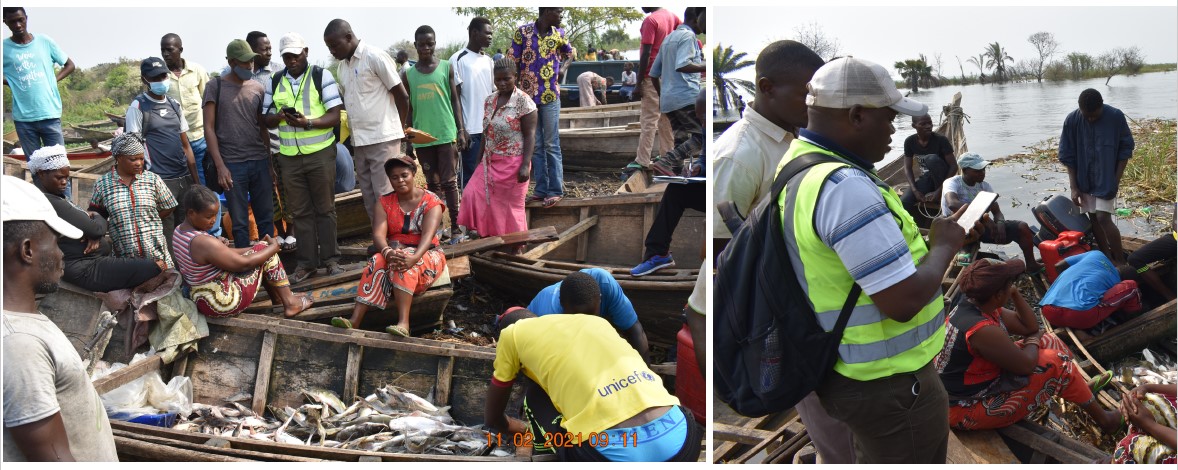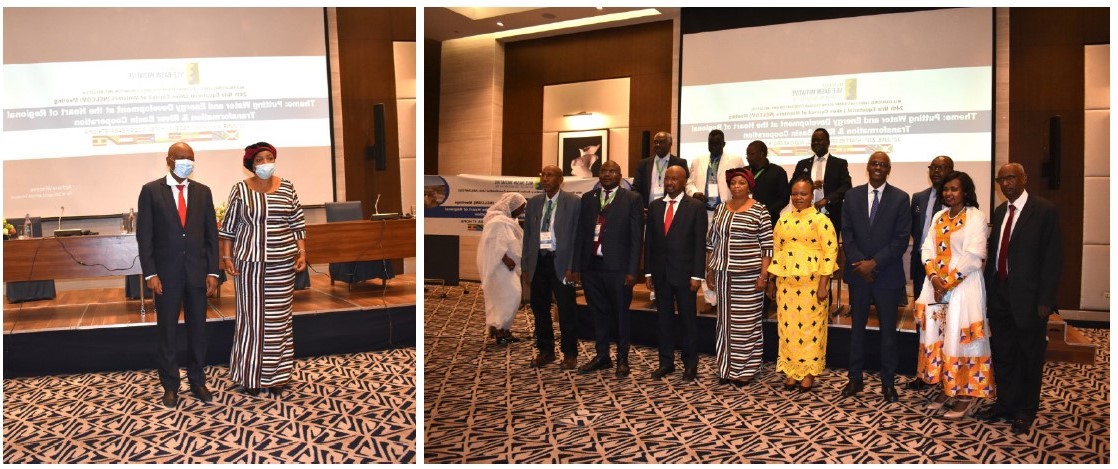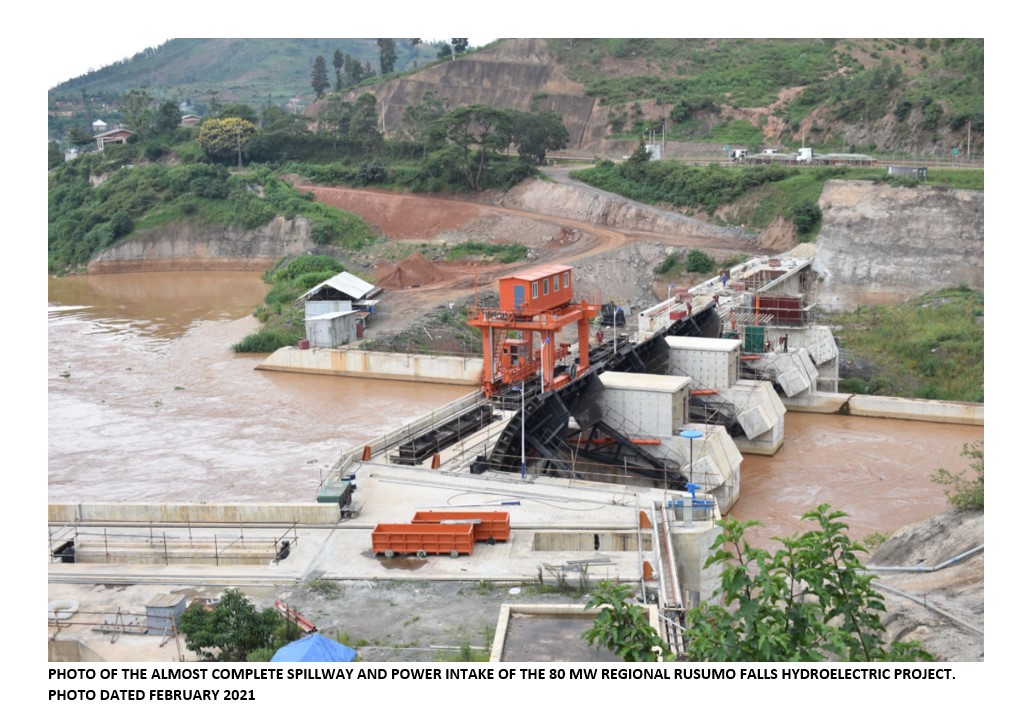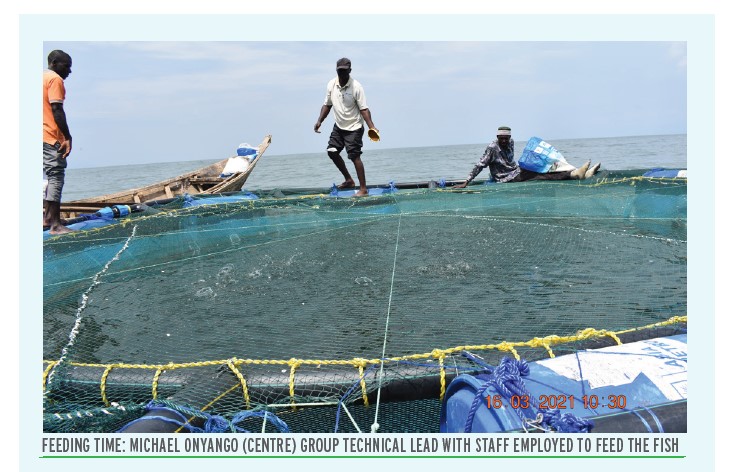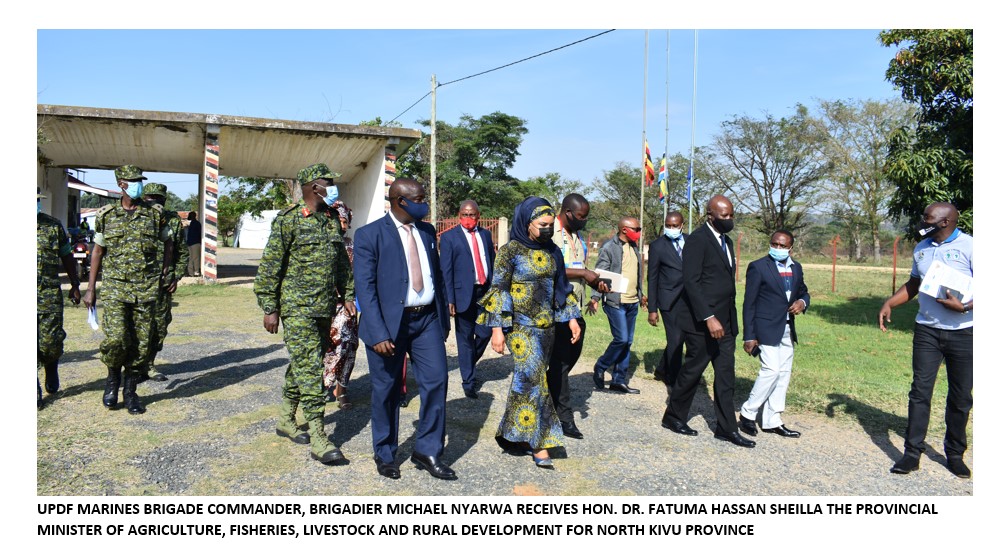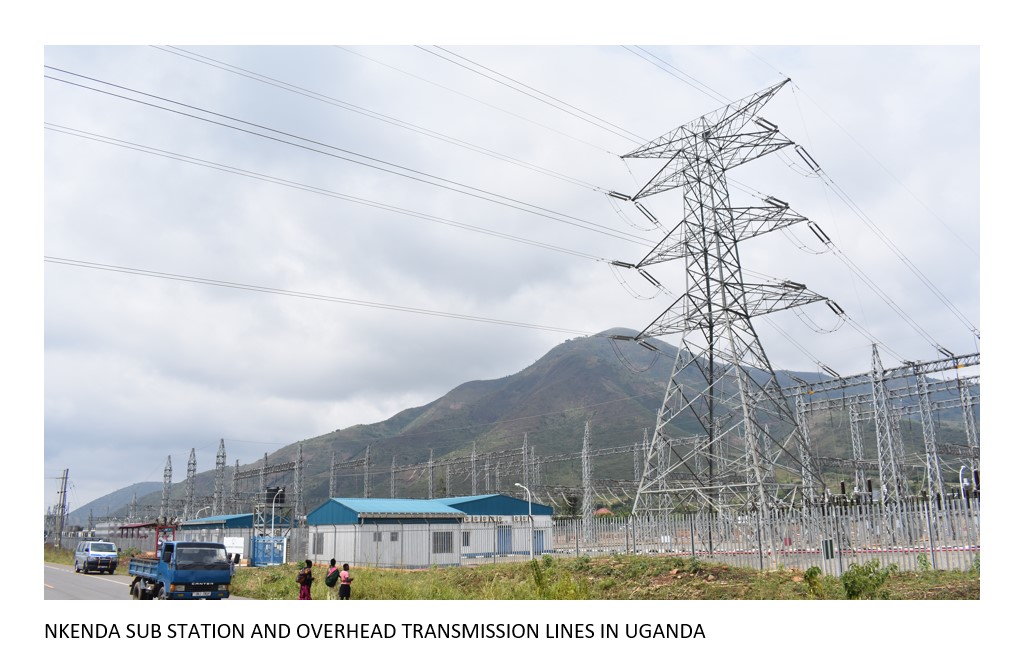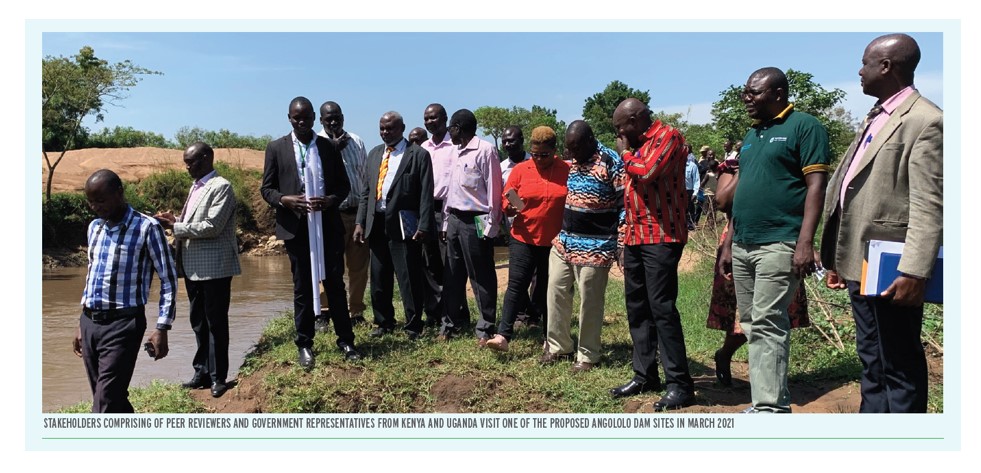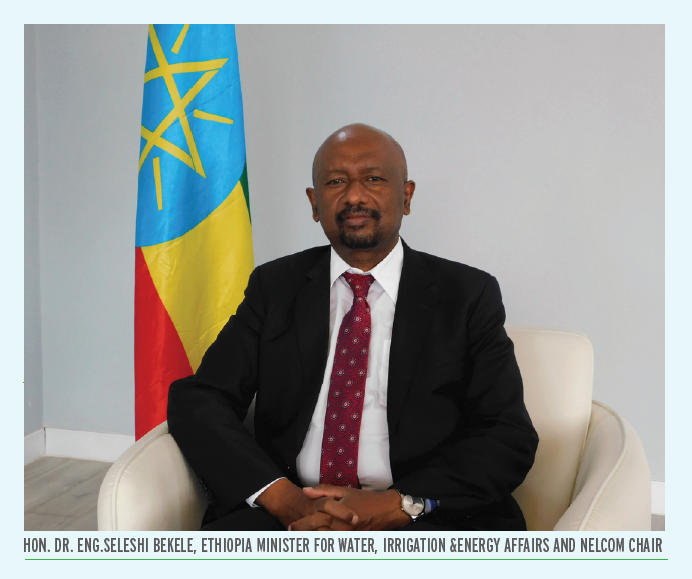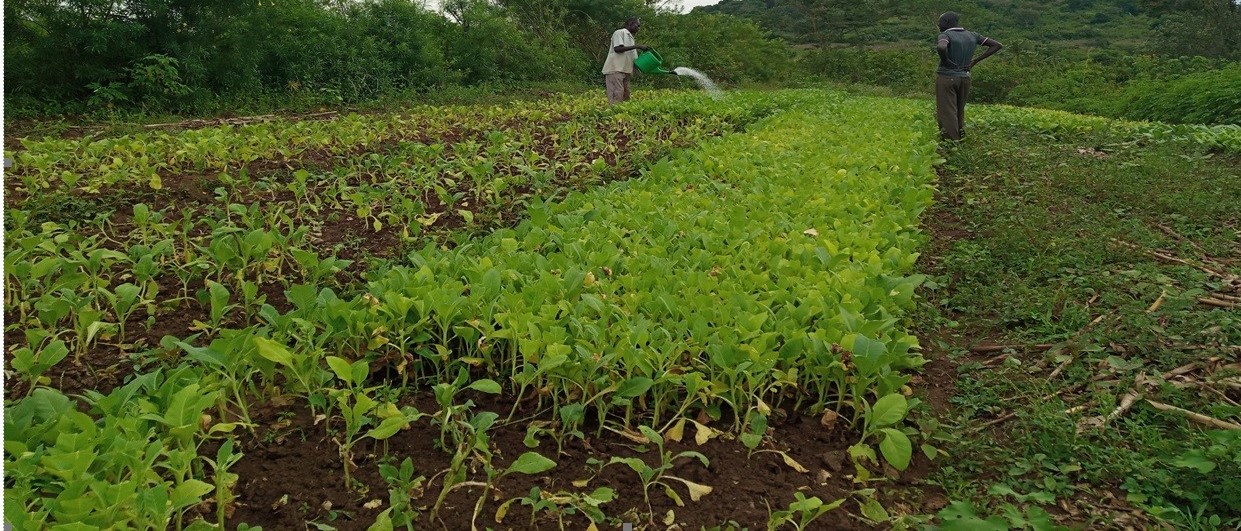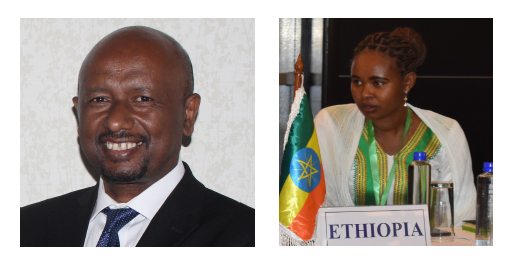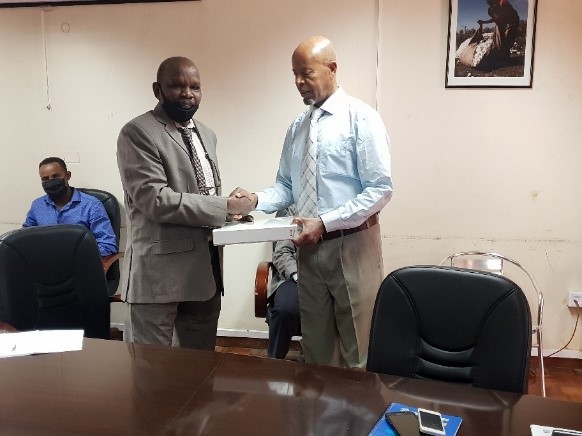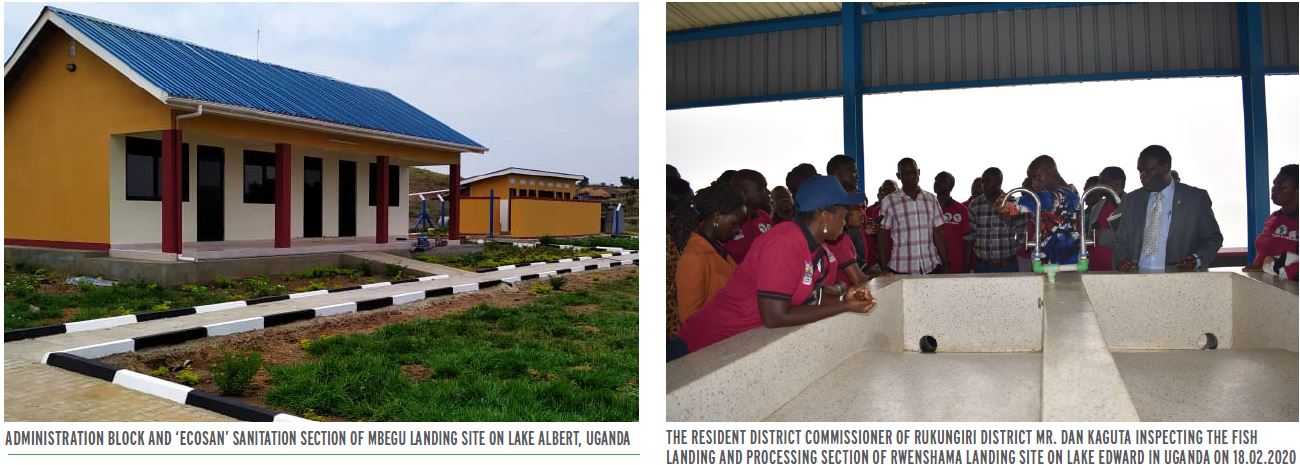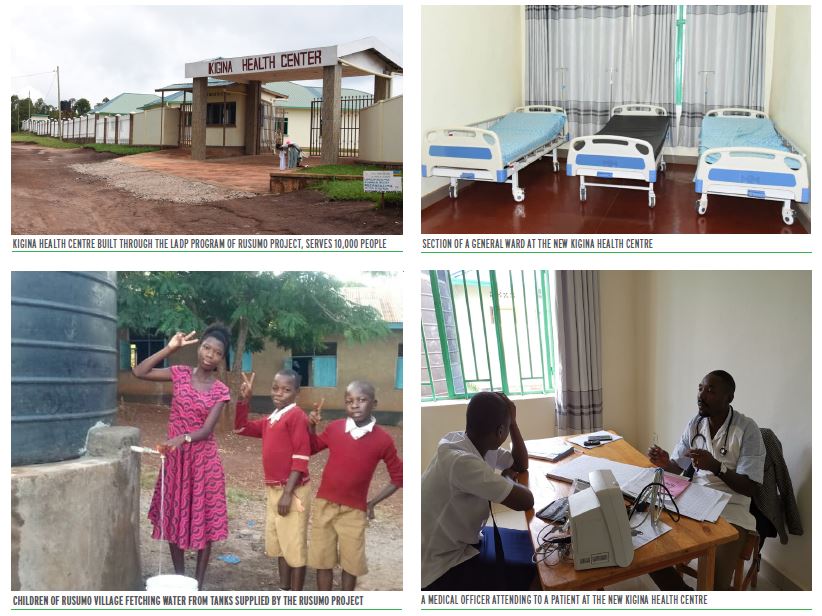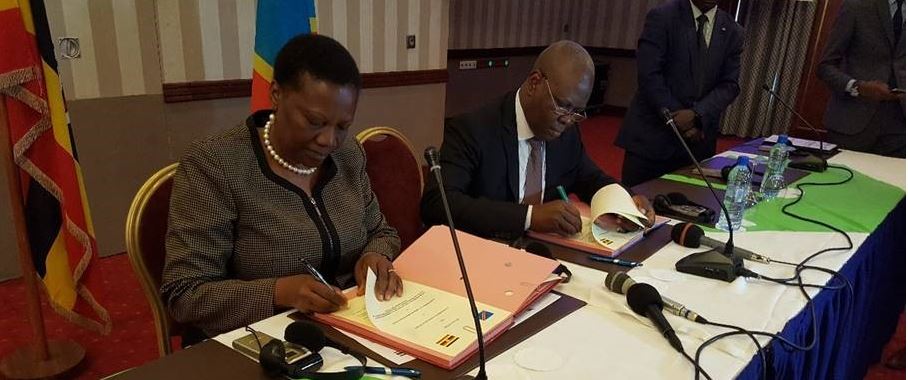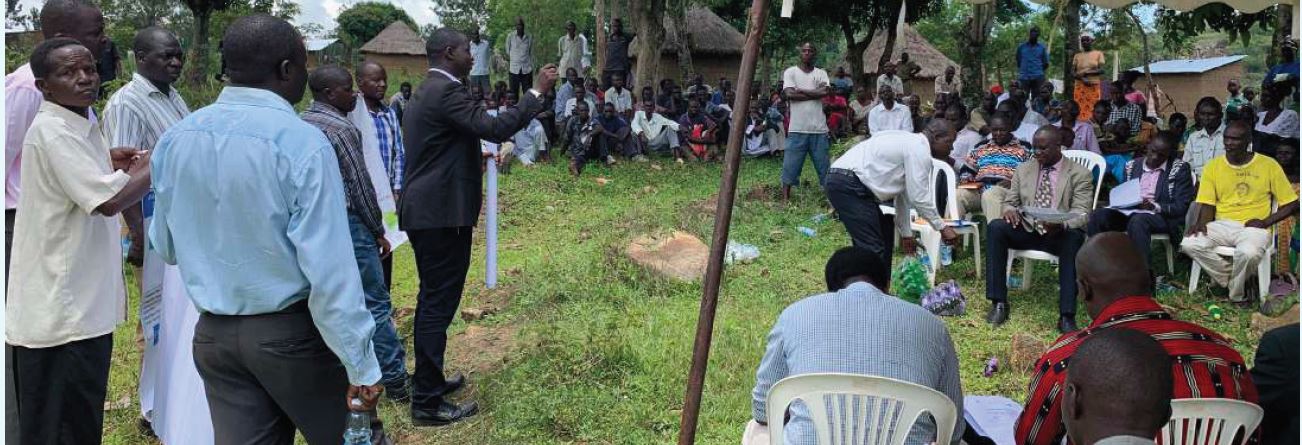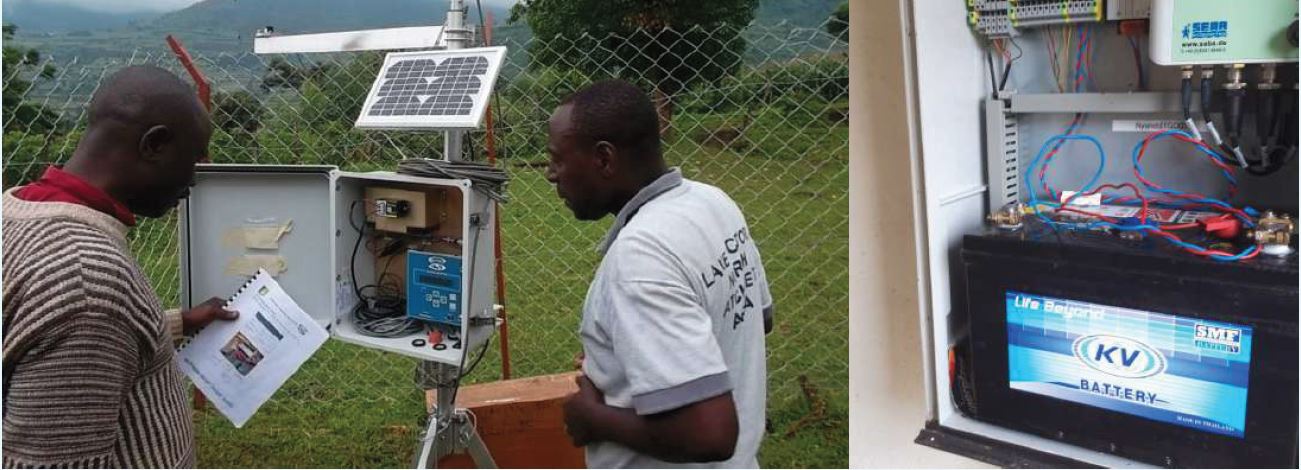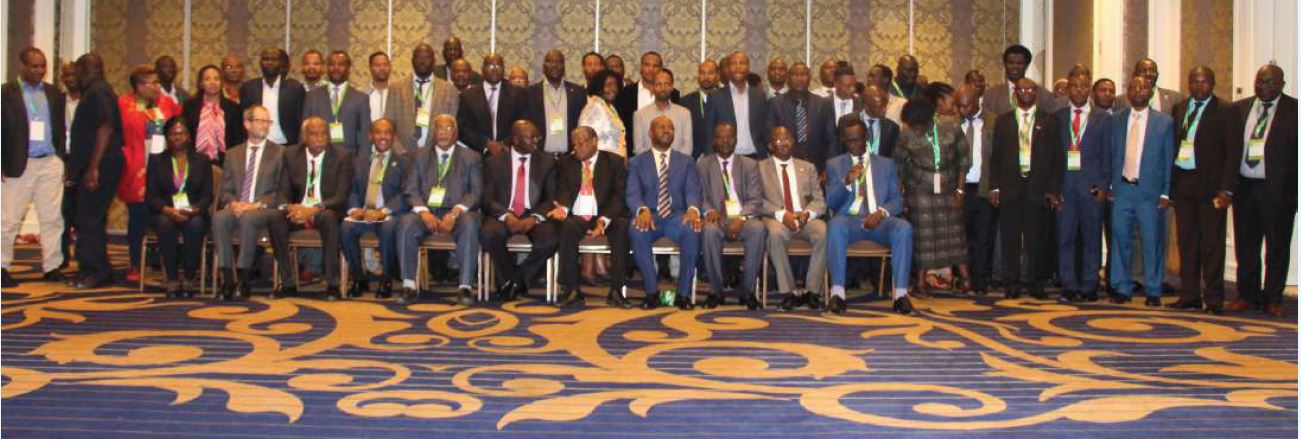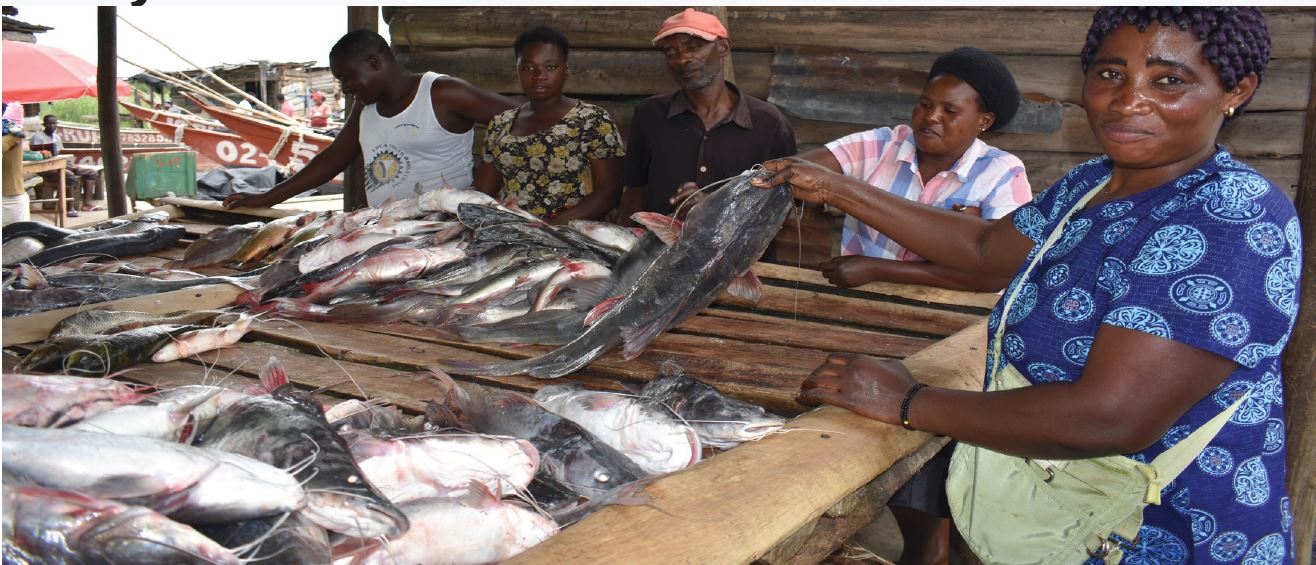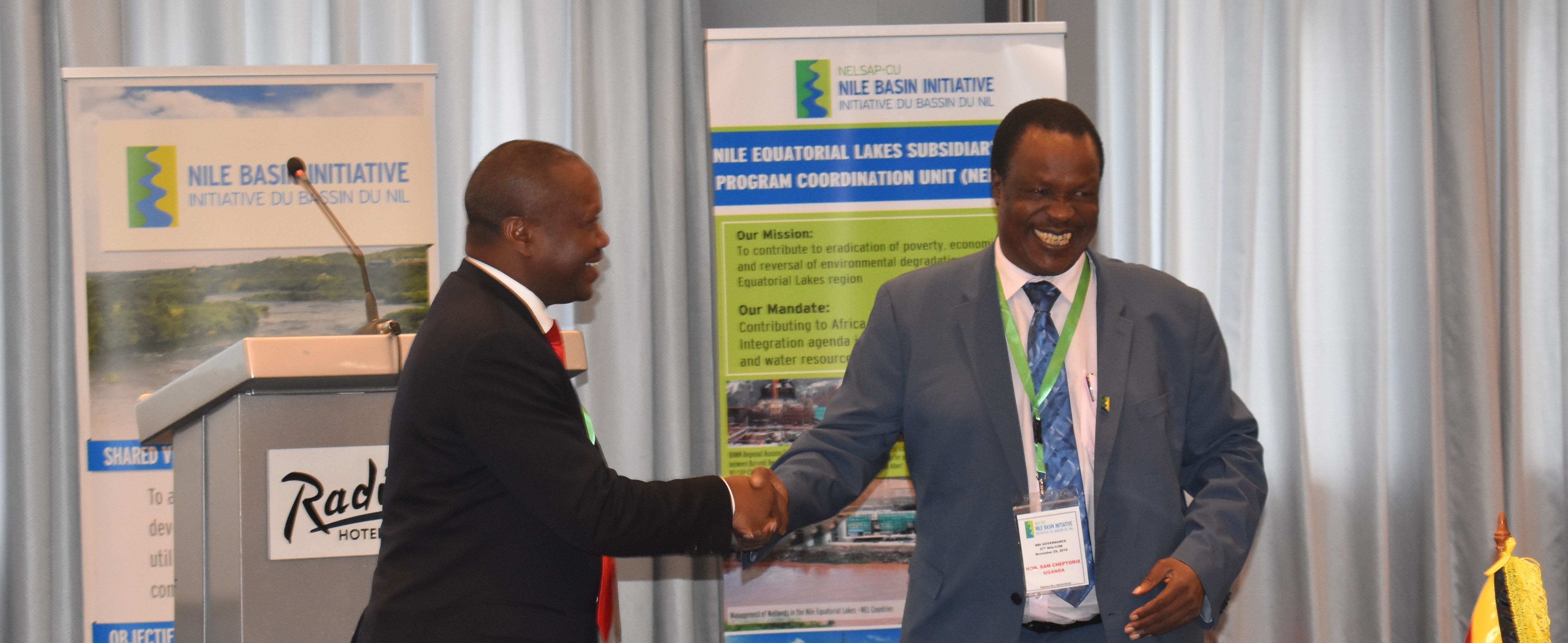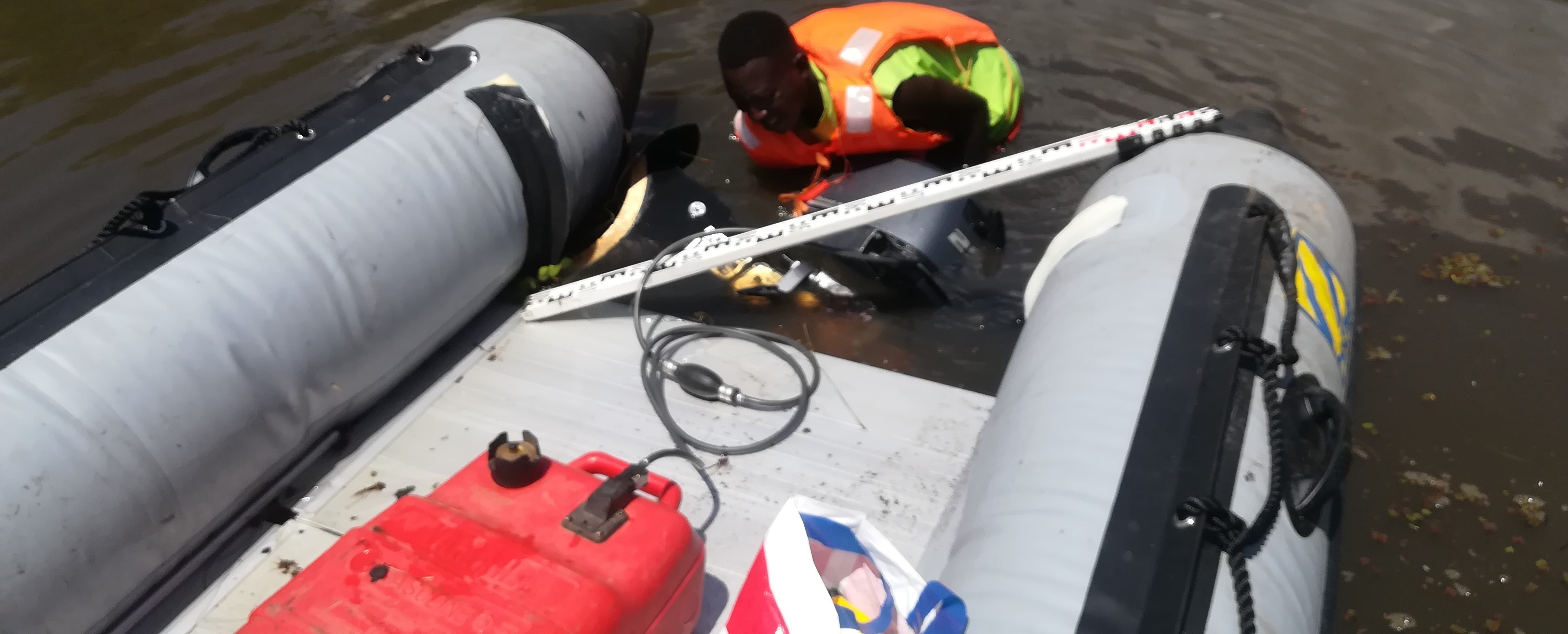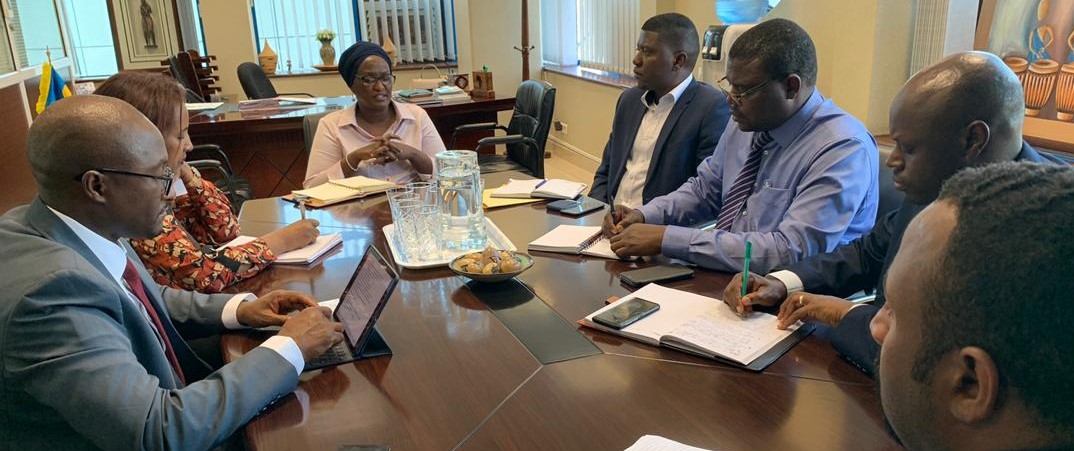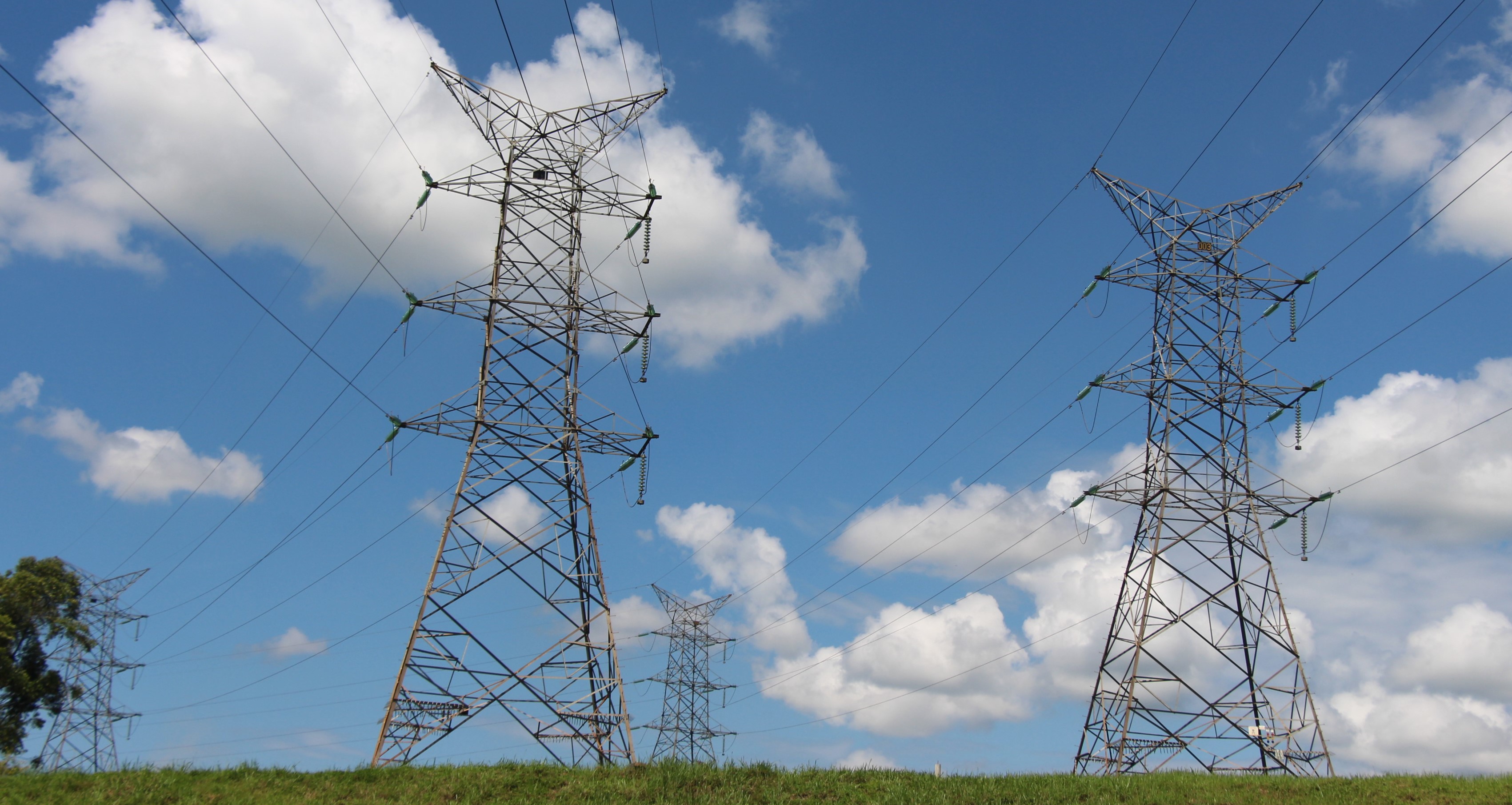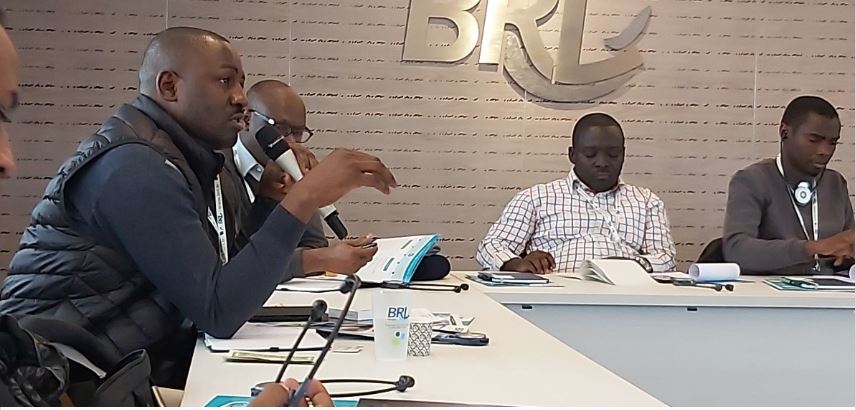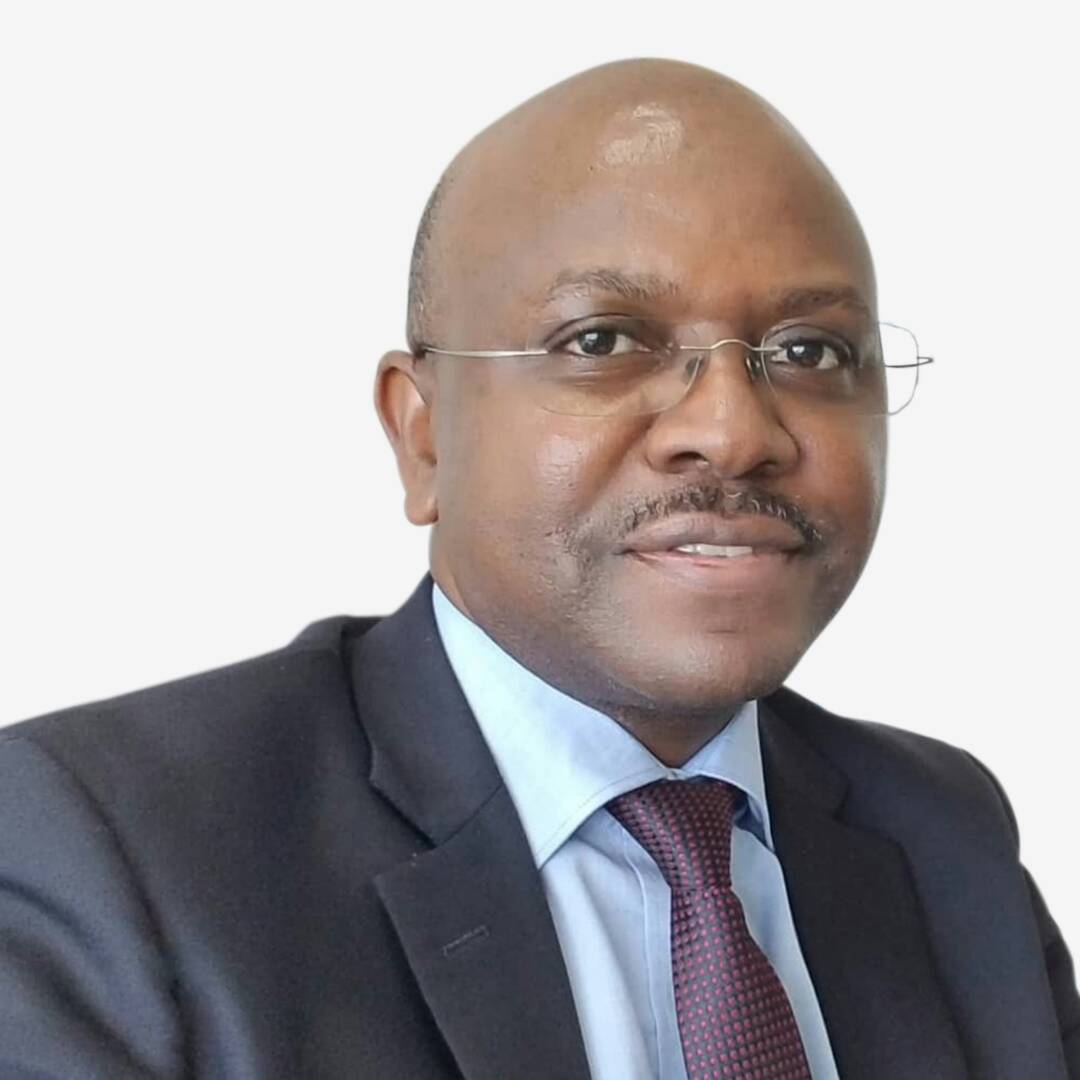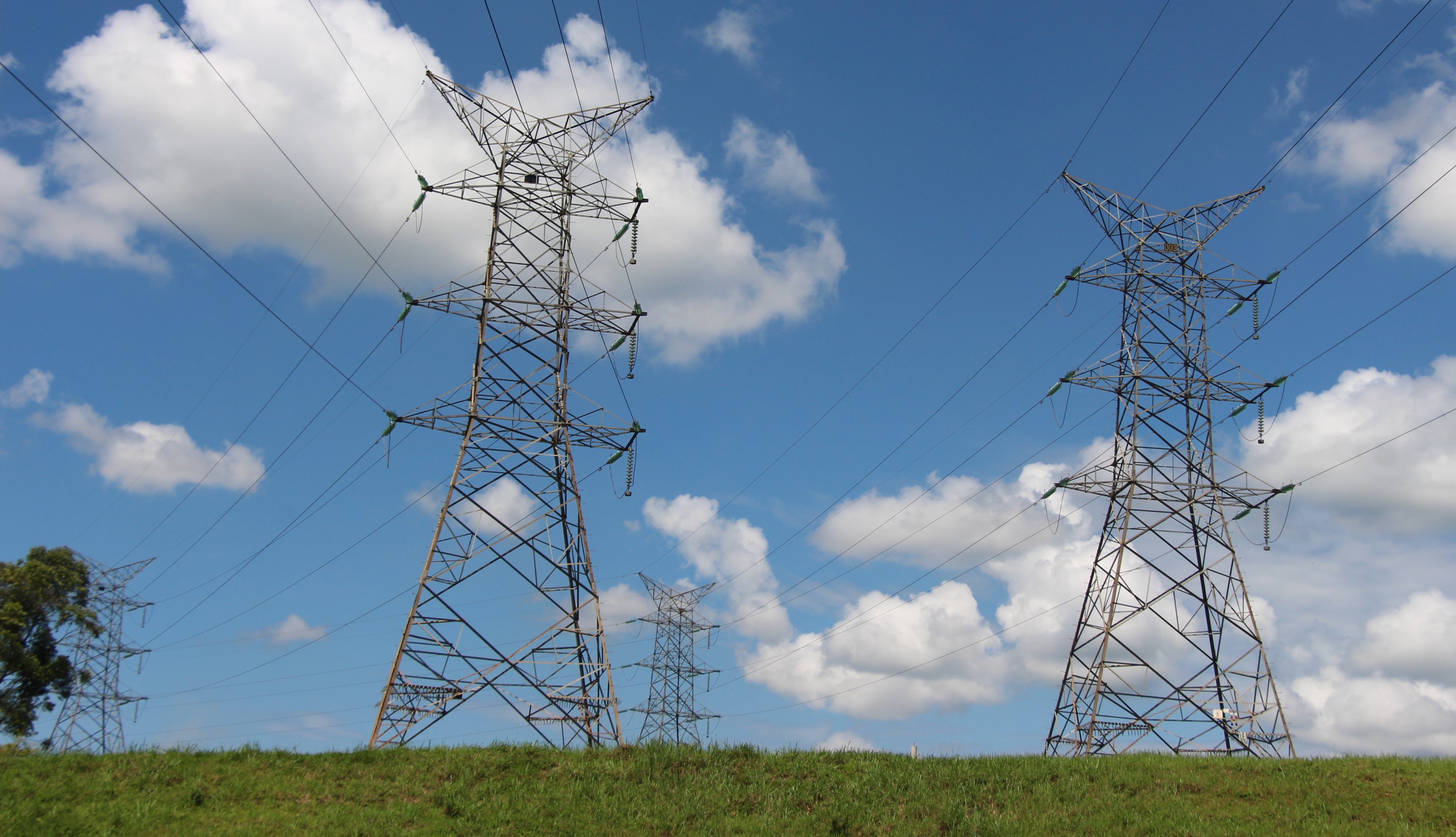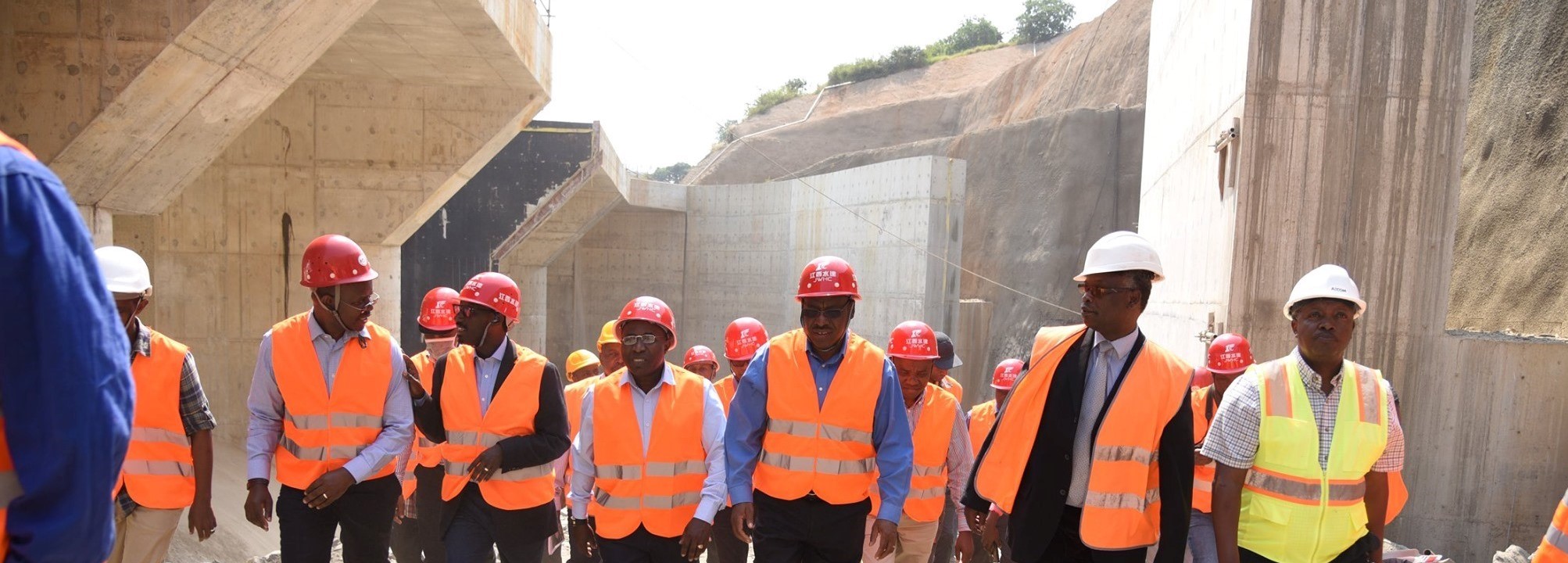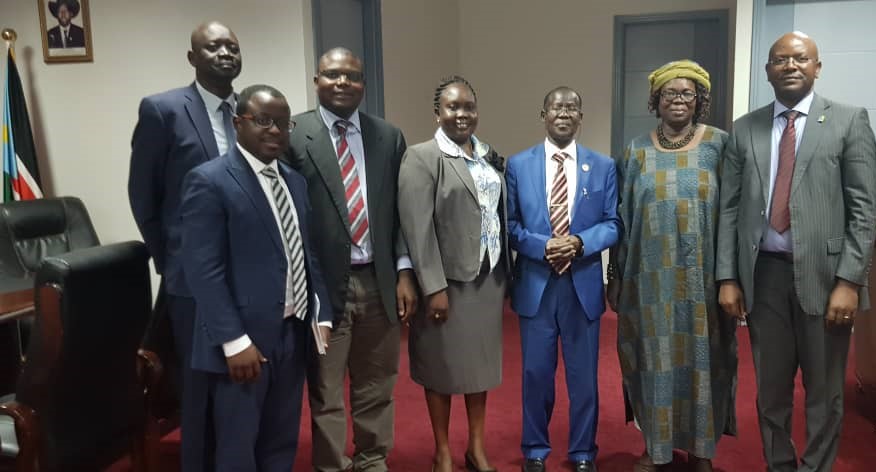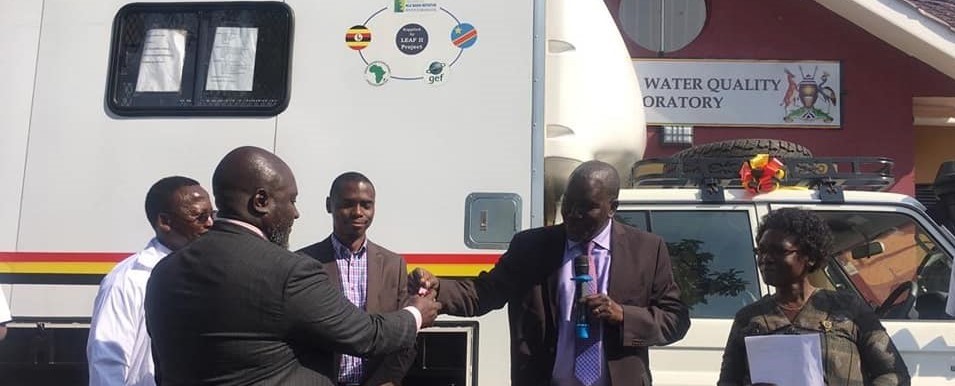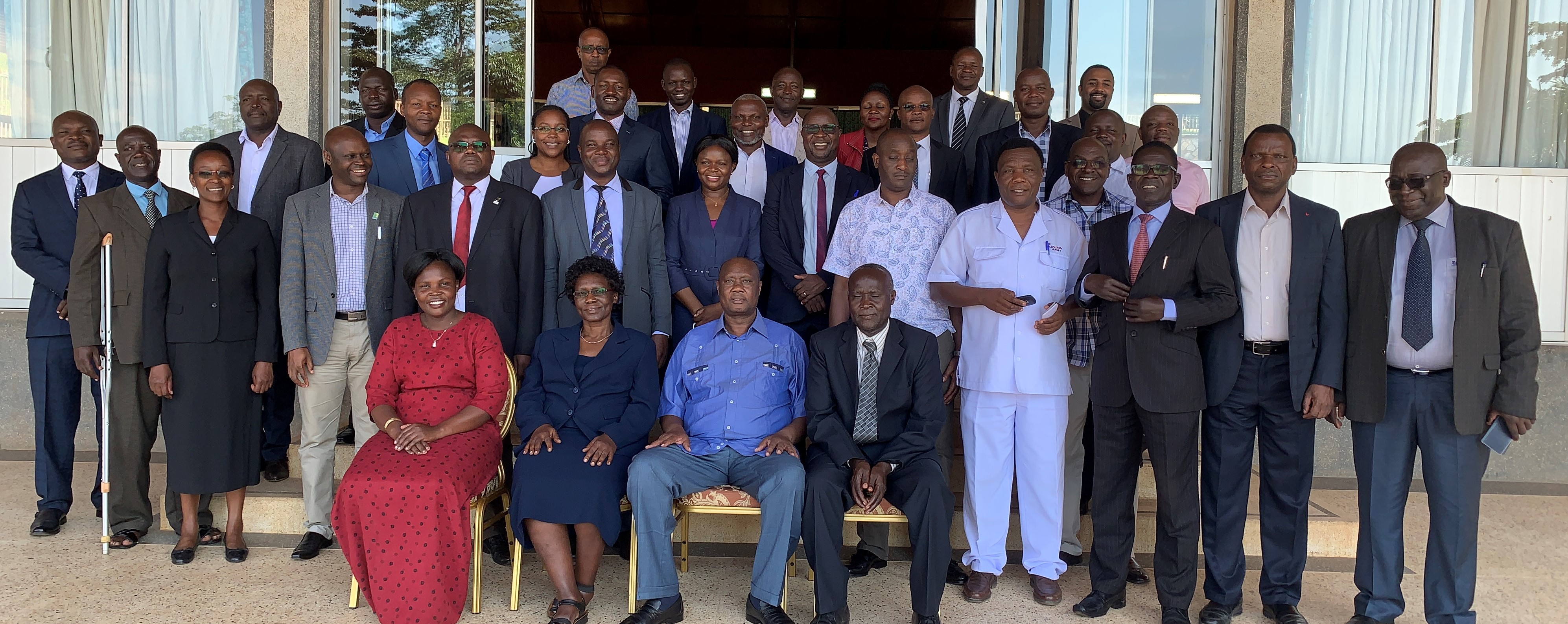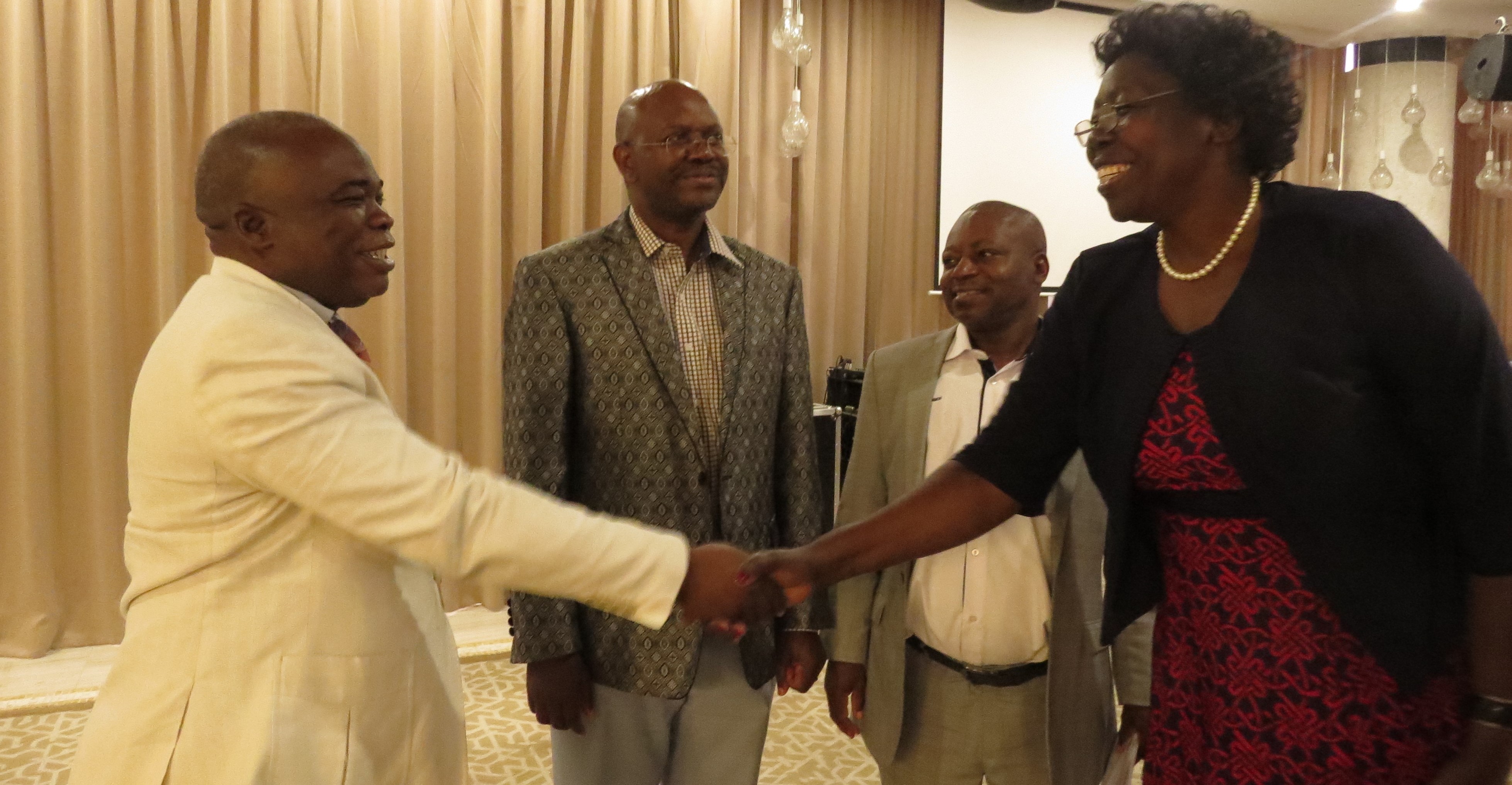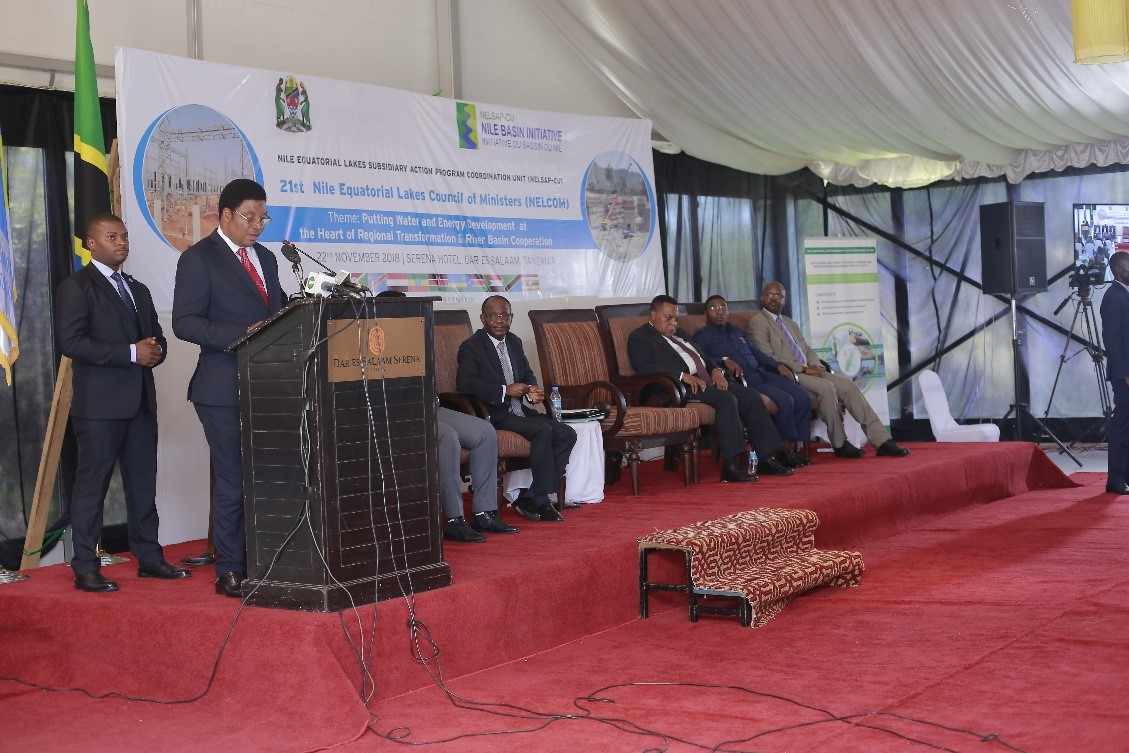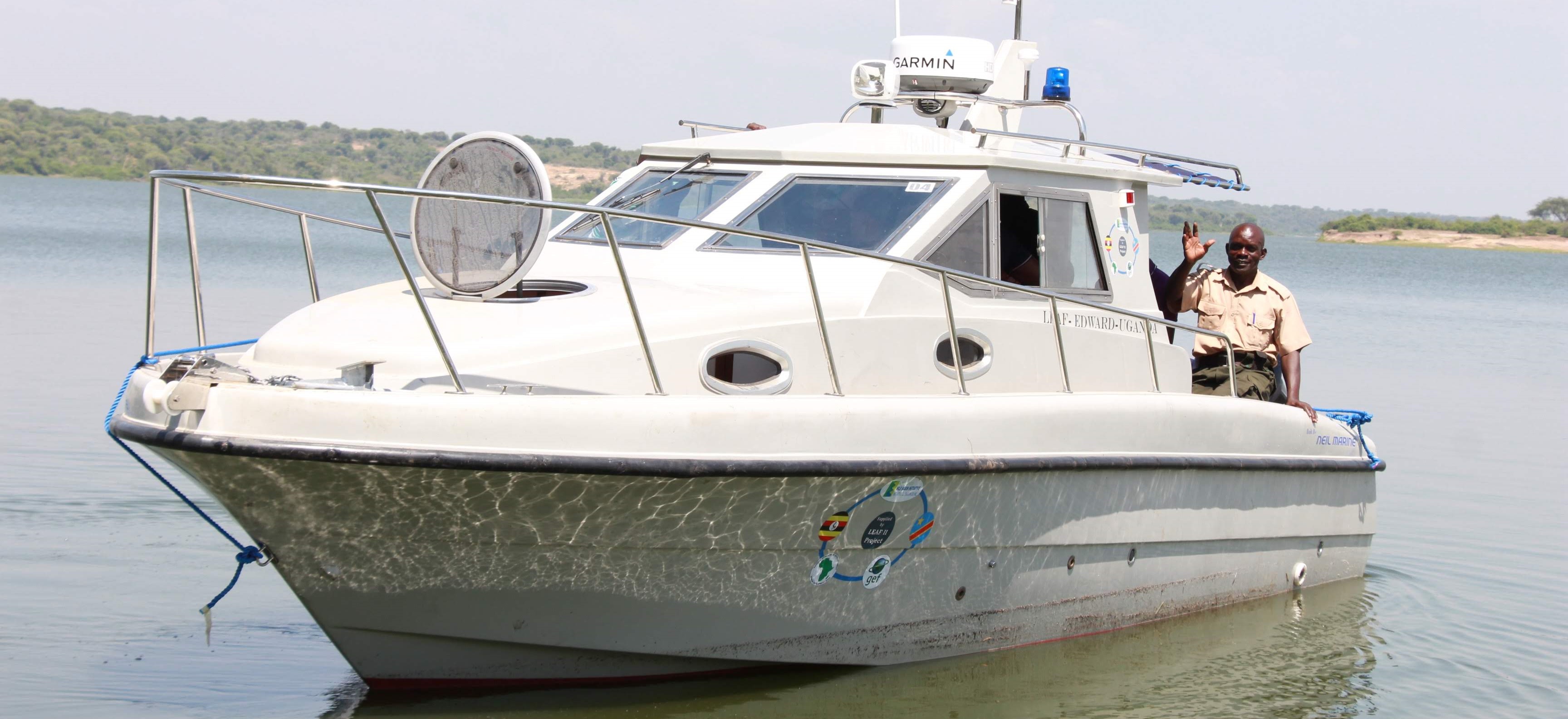Currently there are over a thousand dams in the Nile Equatorial Lakes (NEL) countries, with some 130 large dams planned for construction in the near future. This is according to a 2017 study by NELSAP-CU. Despite the growing number of dams, there is inadequate skilled manpower for maintenance and operations of the dams. According to Eng. Mumo Musyoki, assistant Manager, Water Resources Authorities of Kenya, the last inspection of Kenyan dams was done in May 2018 (a few days after a dam tragedy in Solai region of the Rift Valley that killed 46 people). The inspection showed that only 47 large dams were safe with the majority categorized as medium and high risk. The report noted that apart from the 47, the remaining dams had no effective monitoring facilities to monitor structural displacements and other deformities.
Tanzania introduced dam management in 2009 and gazetted dam safety regulations in 2013. Despite this by 2019, 52 dams had failed because of different reasons. Uganda has a ‘cascade arrangement’ of dams on the River Nile, with a series of dams lined up from upstream to downstream. “A failure of one dam, for example Nalubaale Dam on the Victoria Nile, can have immediate negative impact on Kira Dam, Bujagali Dam as well as Isimba dam all on the Victoria Nile,” explained Eng. Kadapawo Gerald Opolot a Civil Maintenance Engineer from Global Power Group (CPG). Eng. Gerald works at the Bujagali dam in Jinja. Reasons for the current unsafe state of dams in the NEL region varies. Eng. Mumo Musyoki from Kenya says that many dams in Kenya were originally constructed according to ‘low risk criteria’ in areas with little downstream development. With residential and commercial growth downstream, dams that were properly constructed have become high risk. In realization of the challenge posed by unsafe dams, NELSAP-CU with support from the World Bank NCORE-CIWA has begun comprehensive dam safety capacity building to ensure the safety of dams that are build and operated in the NEL region member states.
This three phase training is focusing on engineers, technicians and dam operators (phase 1), national regulatory authorities (phase 2) and policy makers and civil society (phase 3). A total of 60 people are estimated to receive the training. The first phase of this training took place May 2019 in Jinja, coupled with a practical site training at the Bujagali hydropower dam site, a 255 MW capacity plant. The trainings are being facilitated by Eng. Louis Christiaan Hattingh a Dam Safety Specialist from South Africa. He is the Chair of the International Commission on Large Dams (ICOL) where he is in charge of dam surveillance and dam safety issues.
